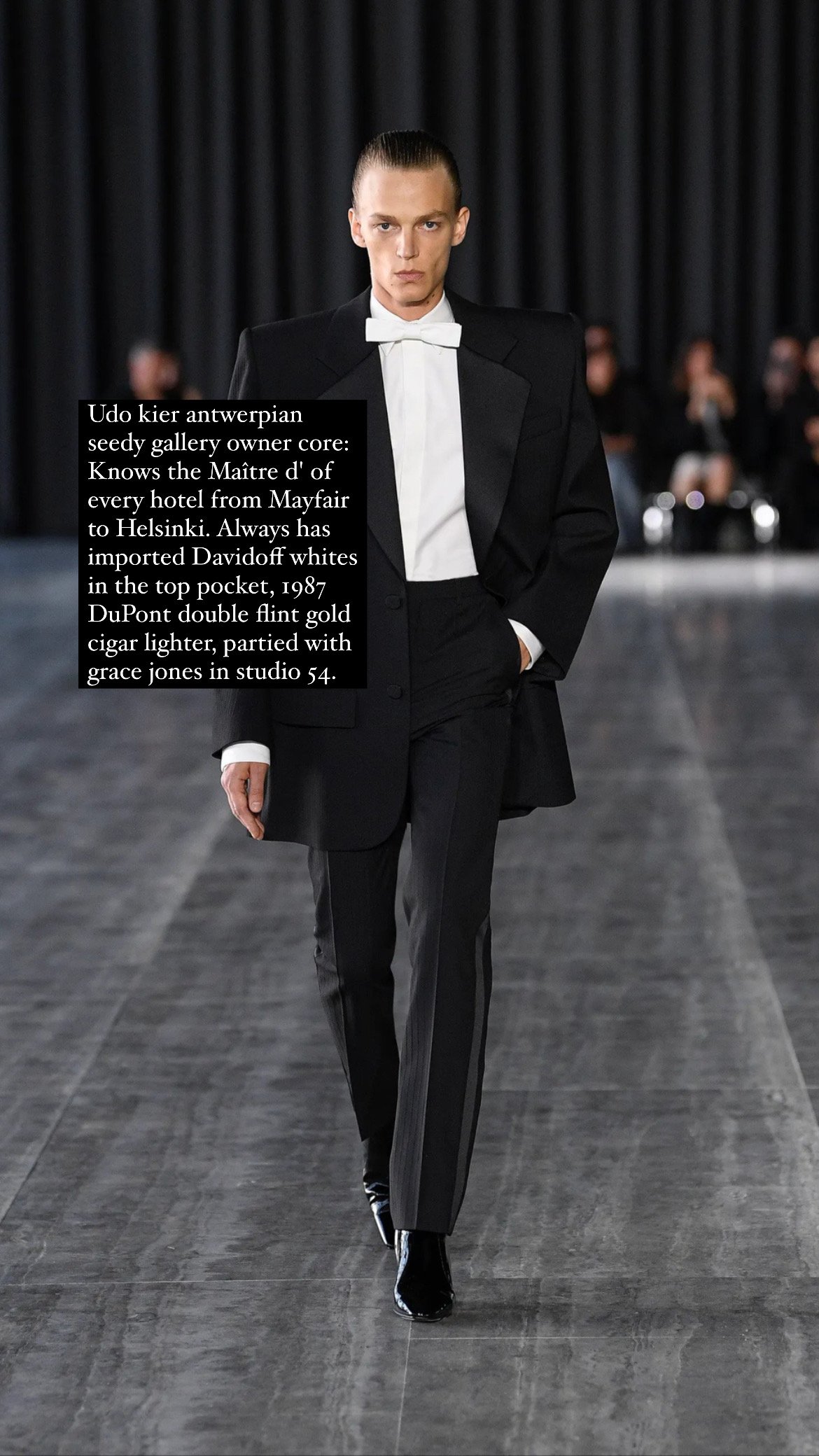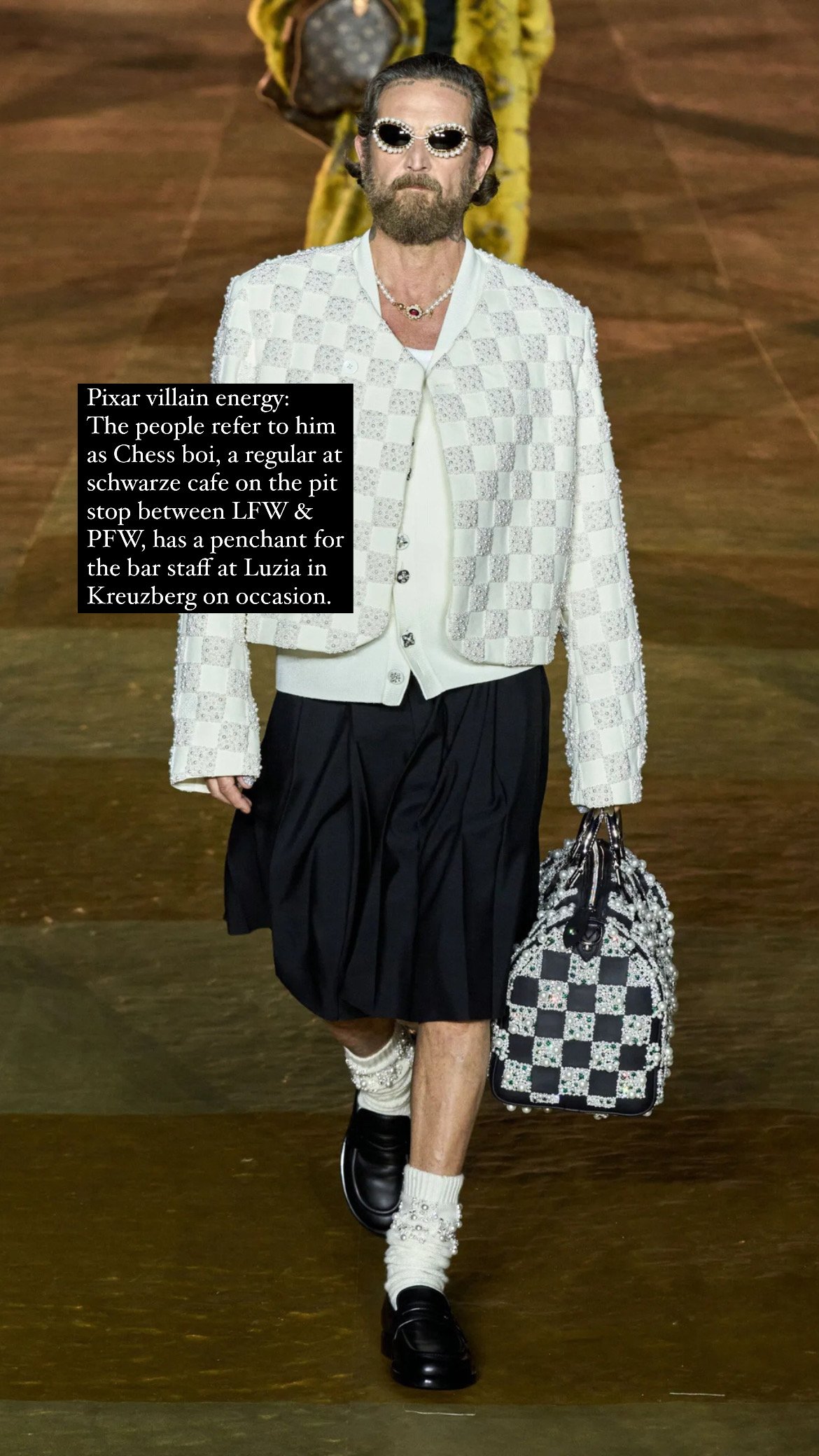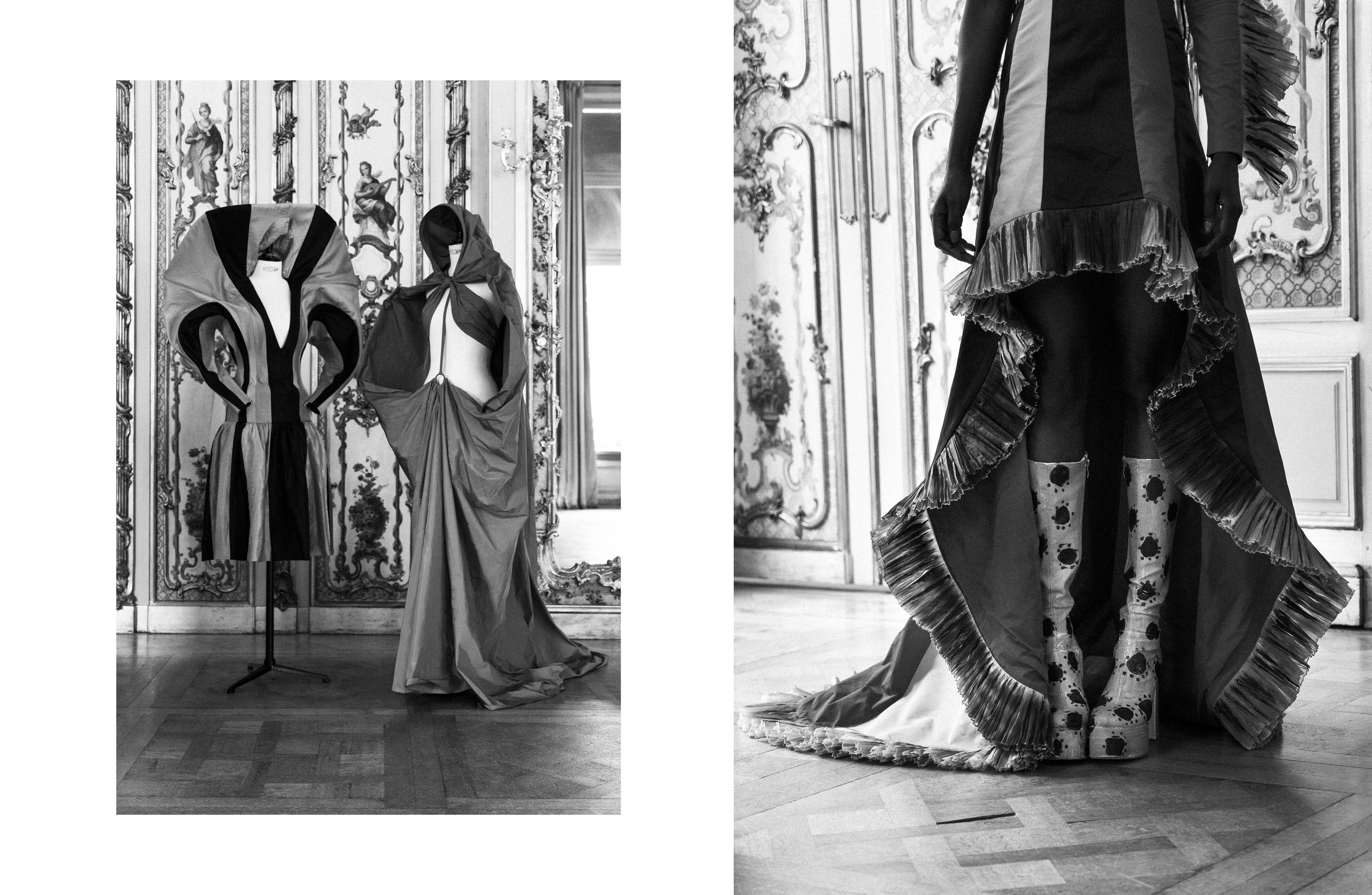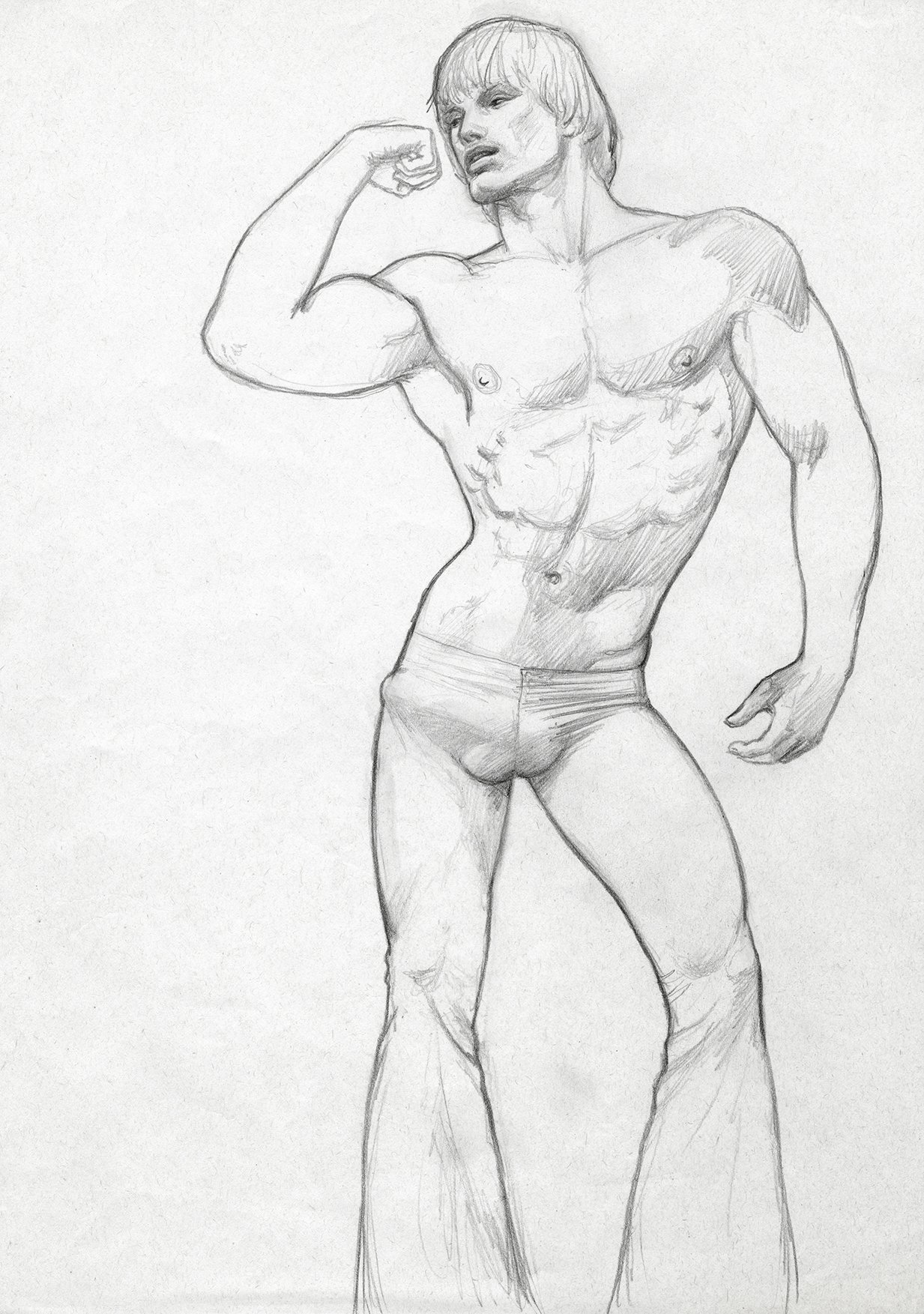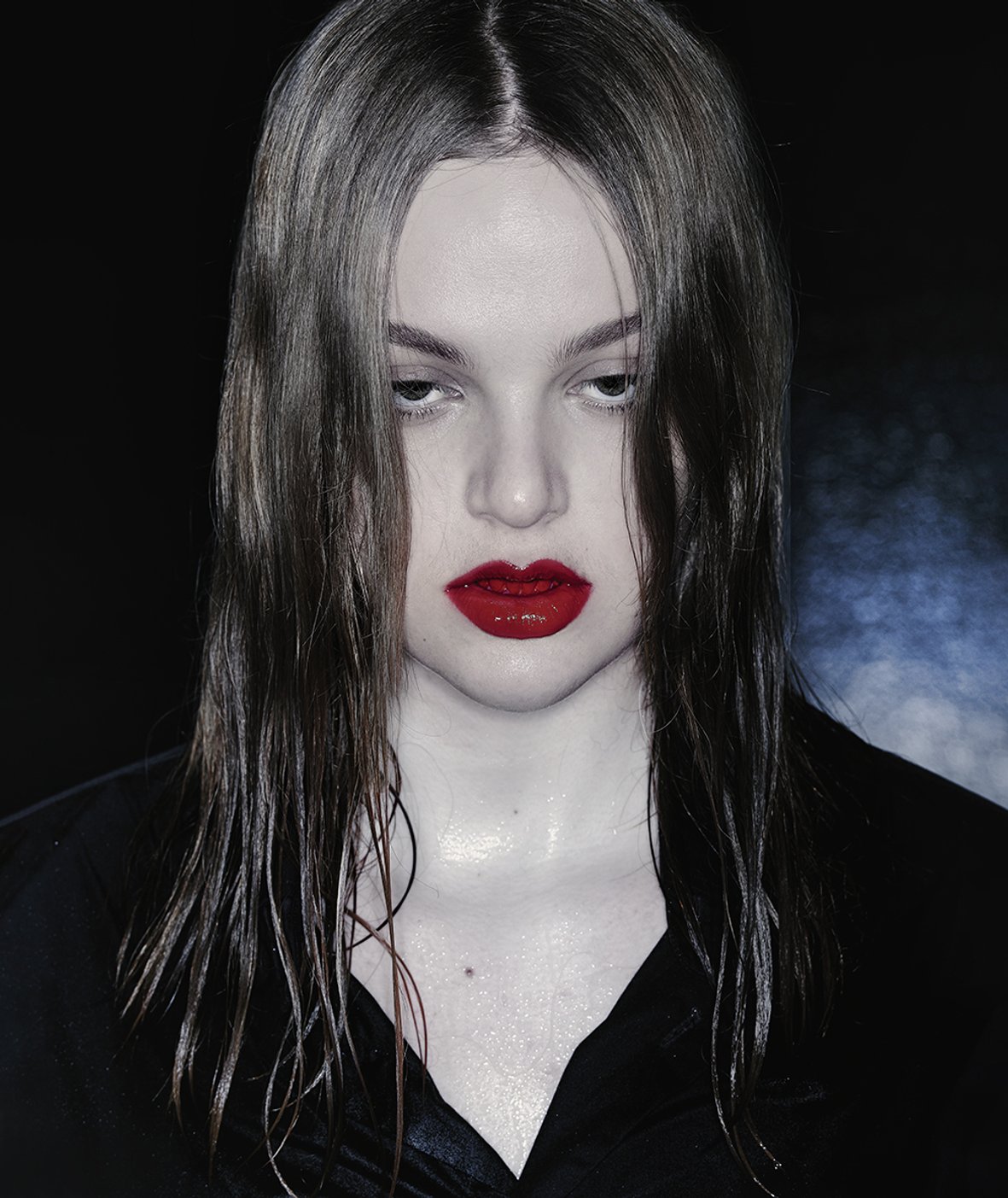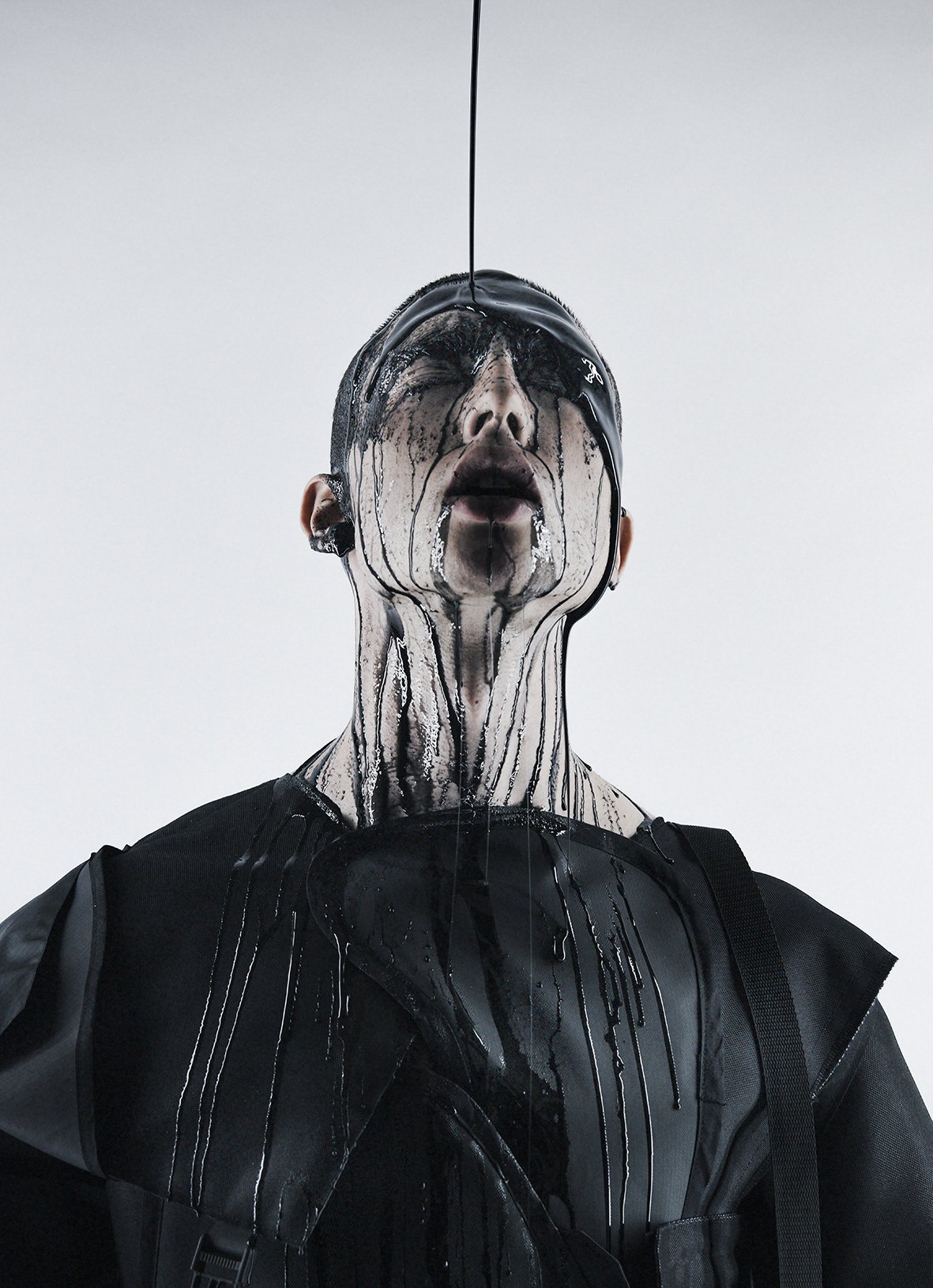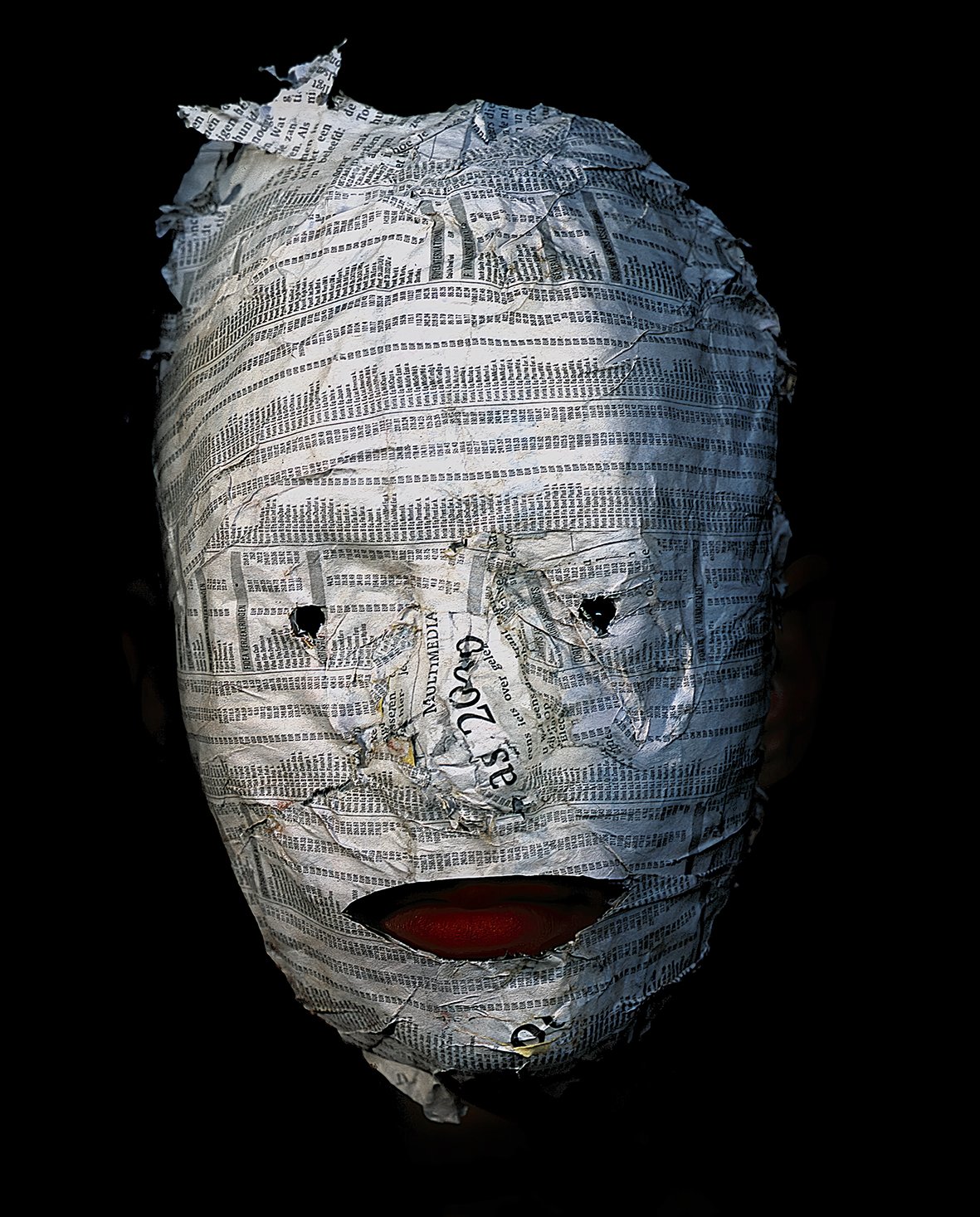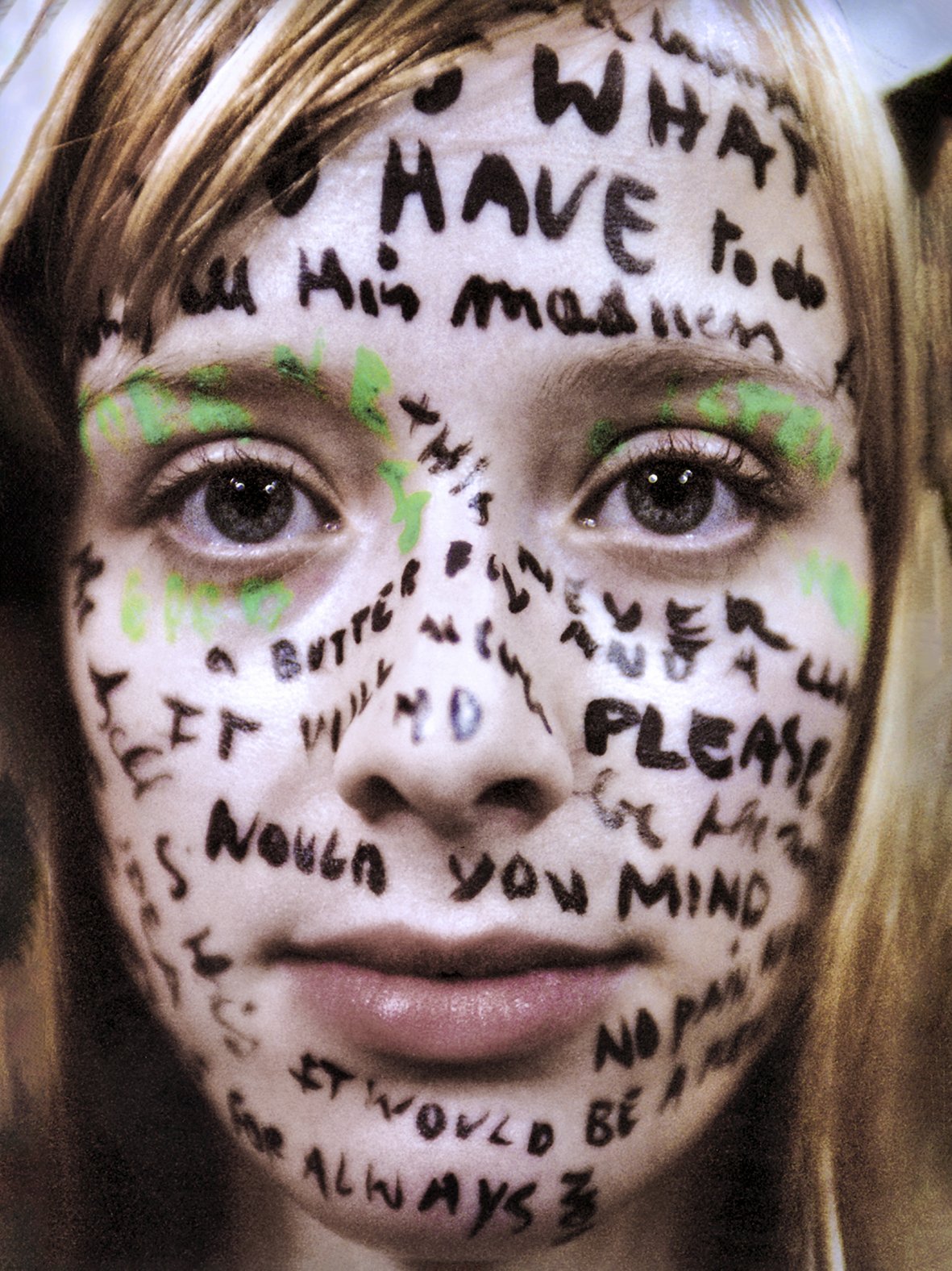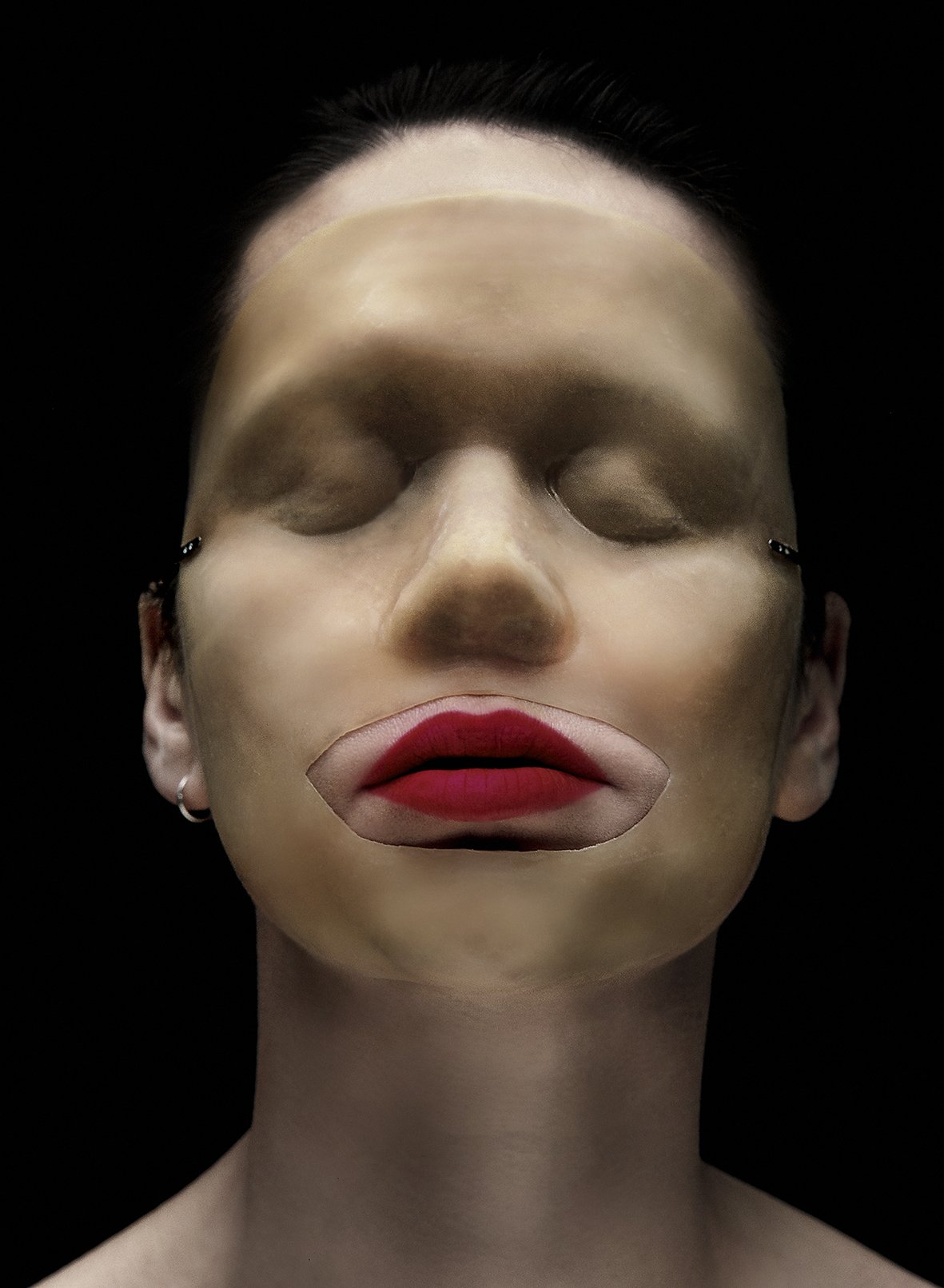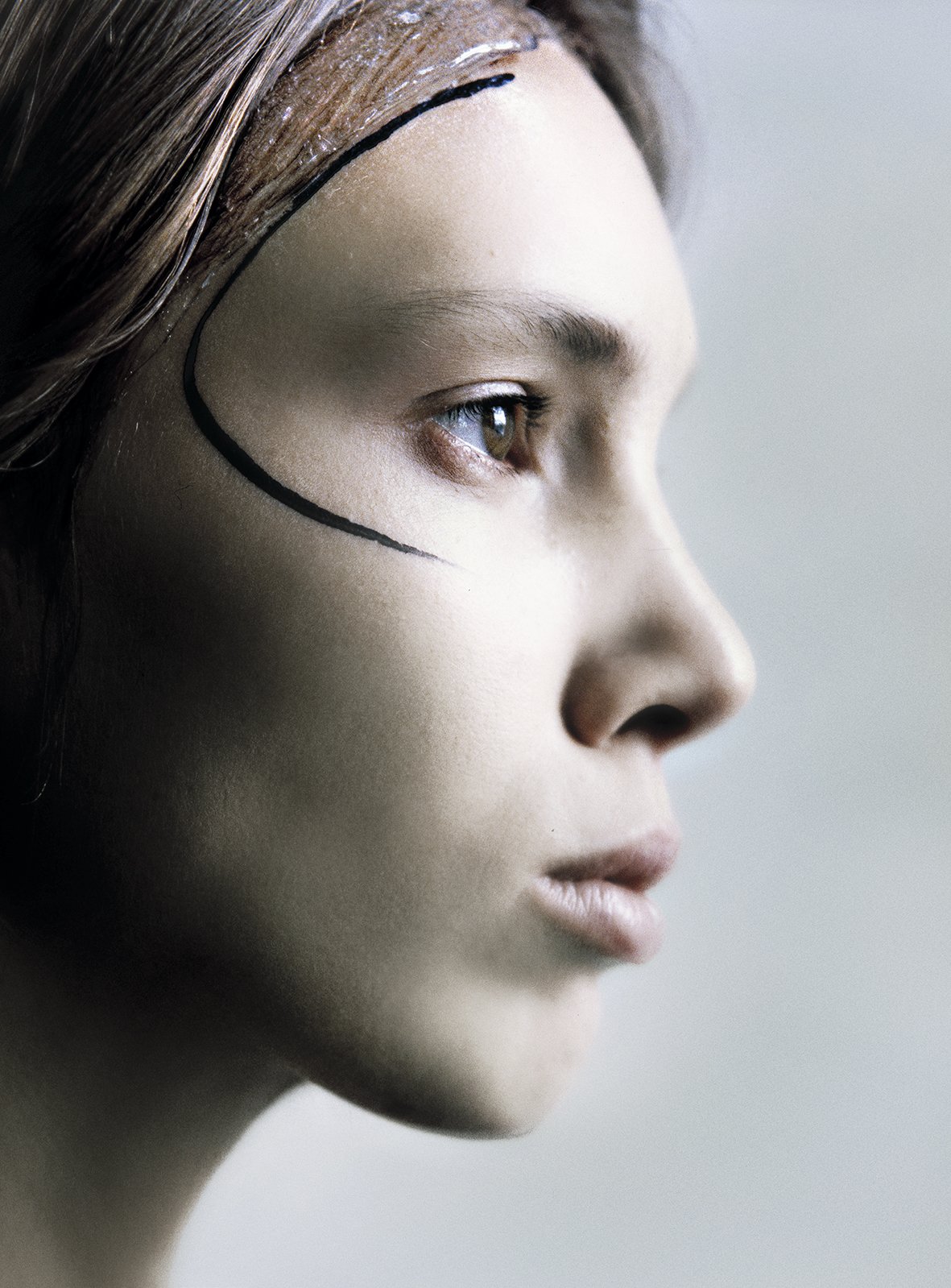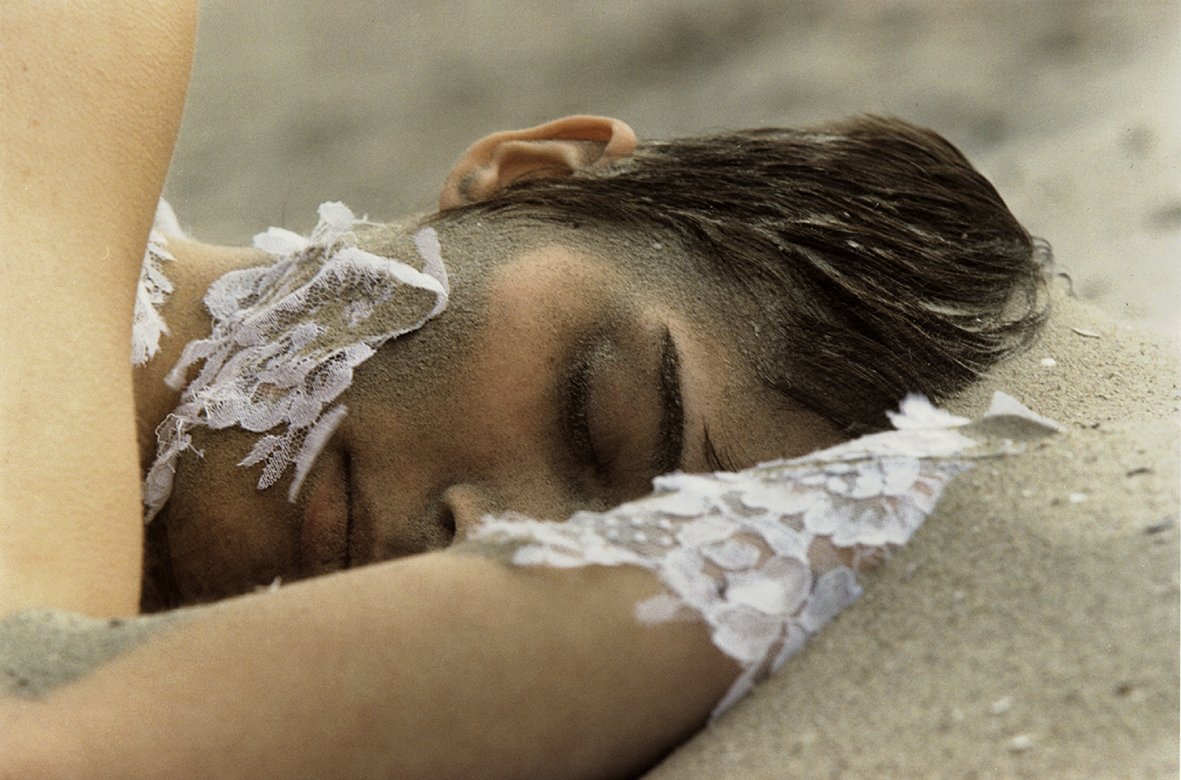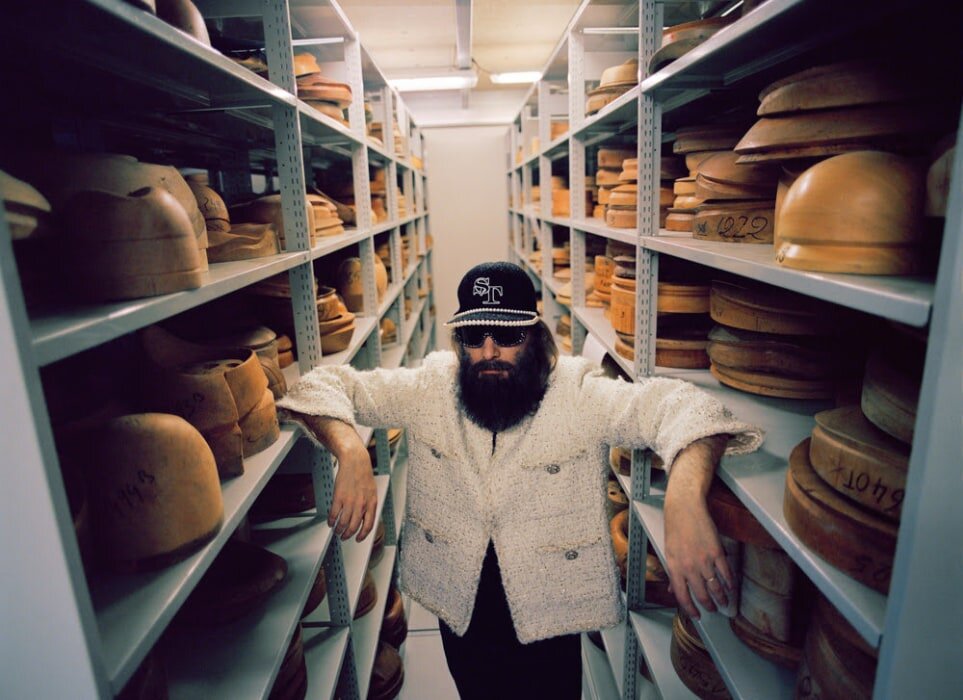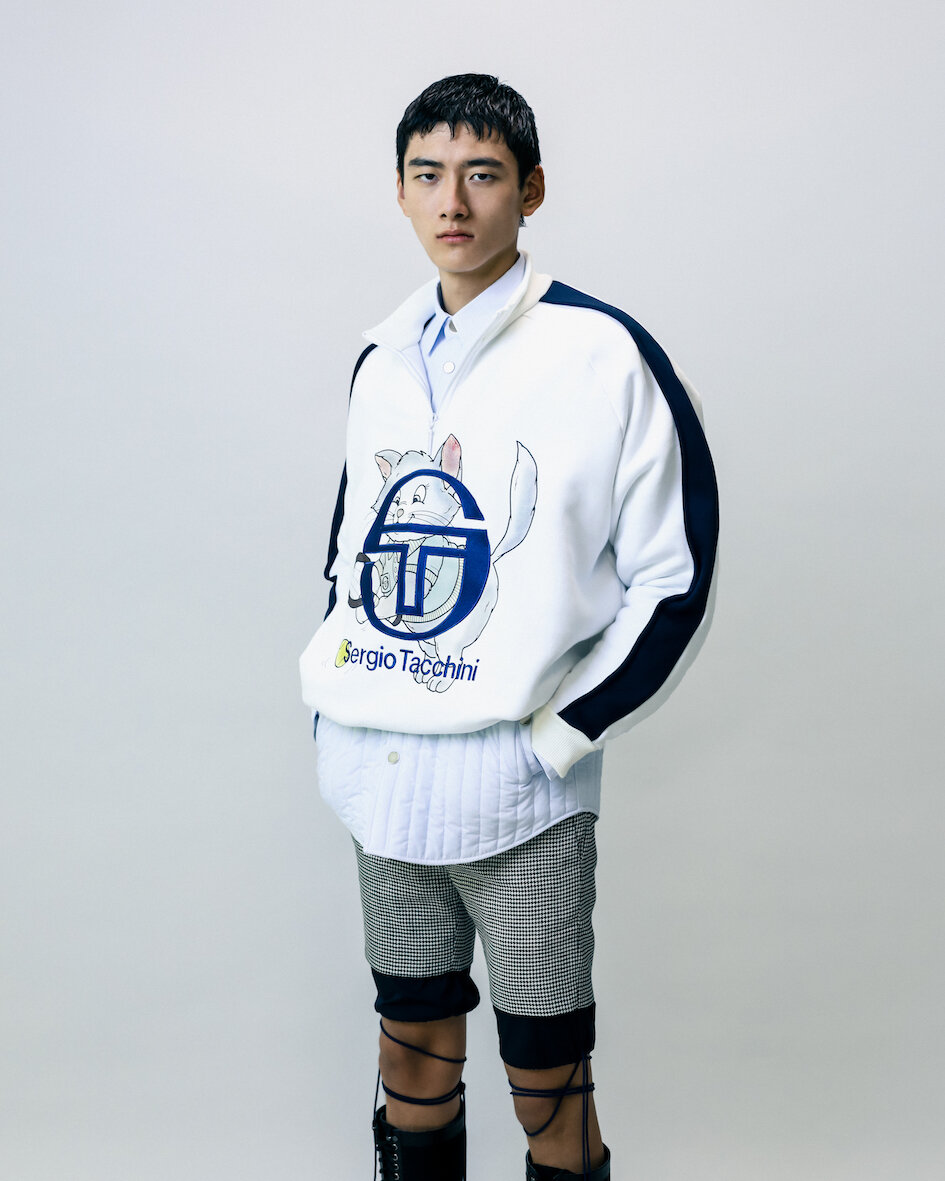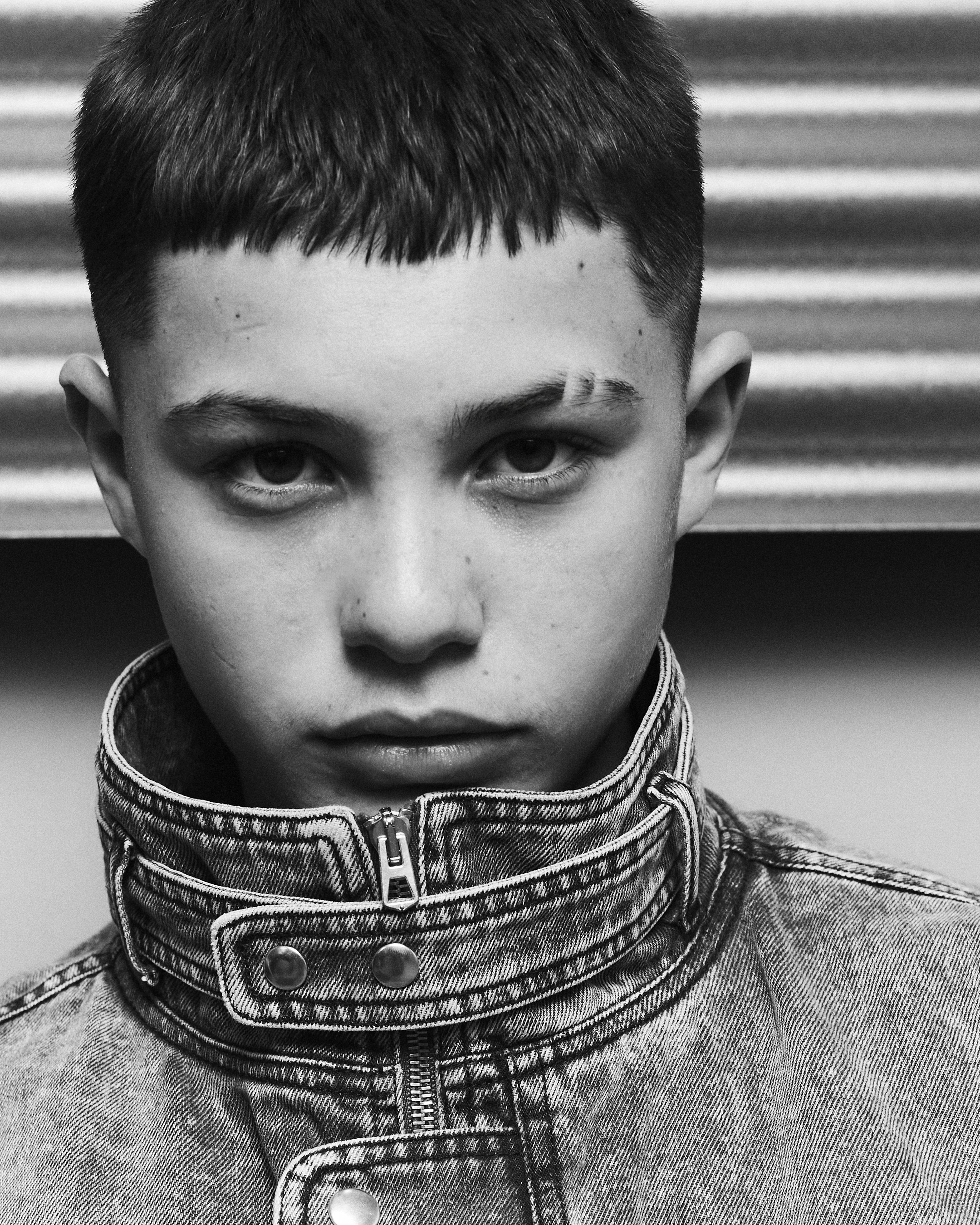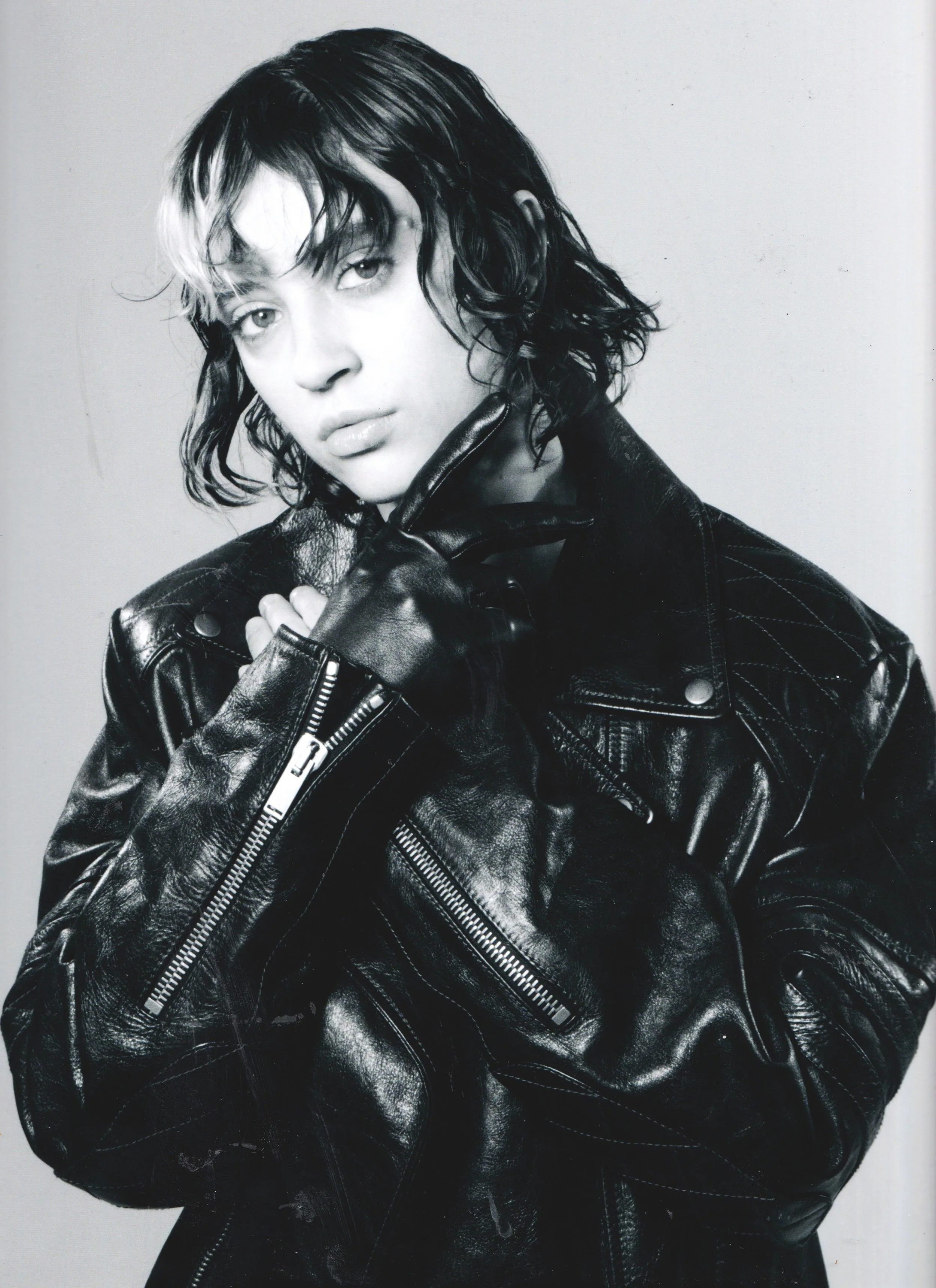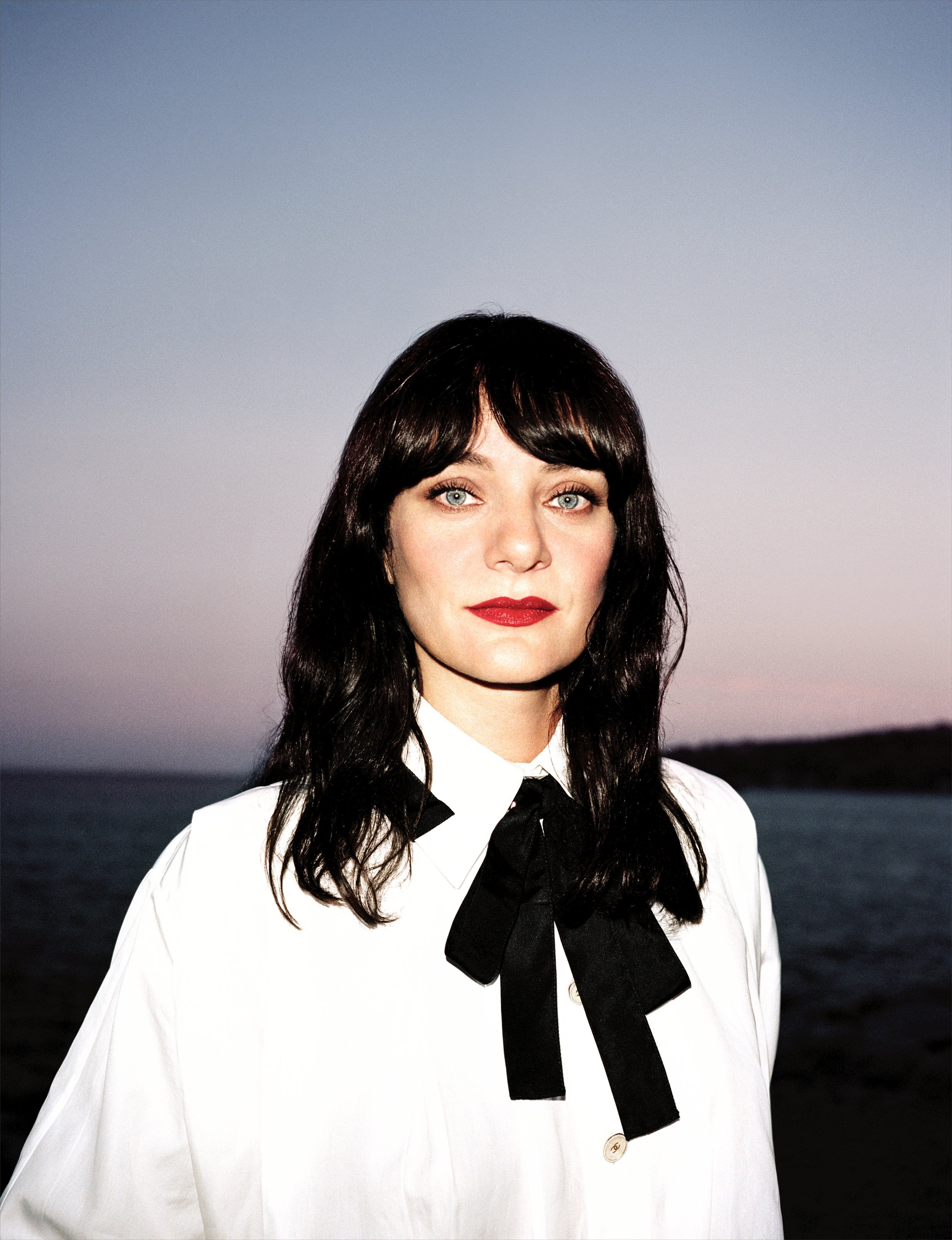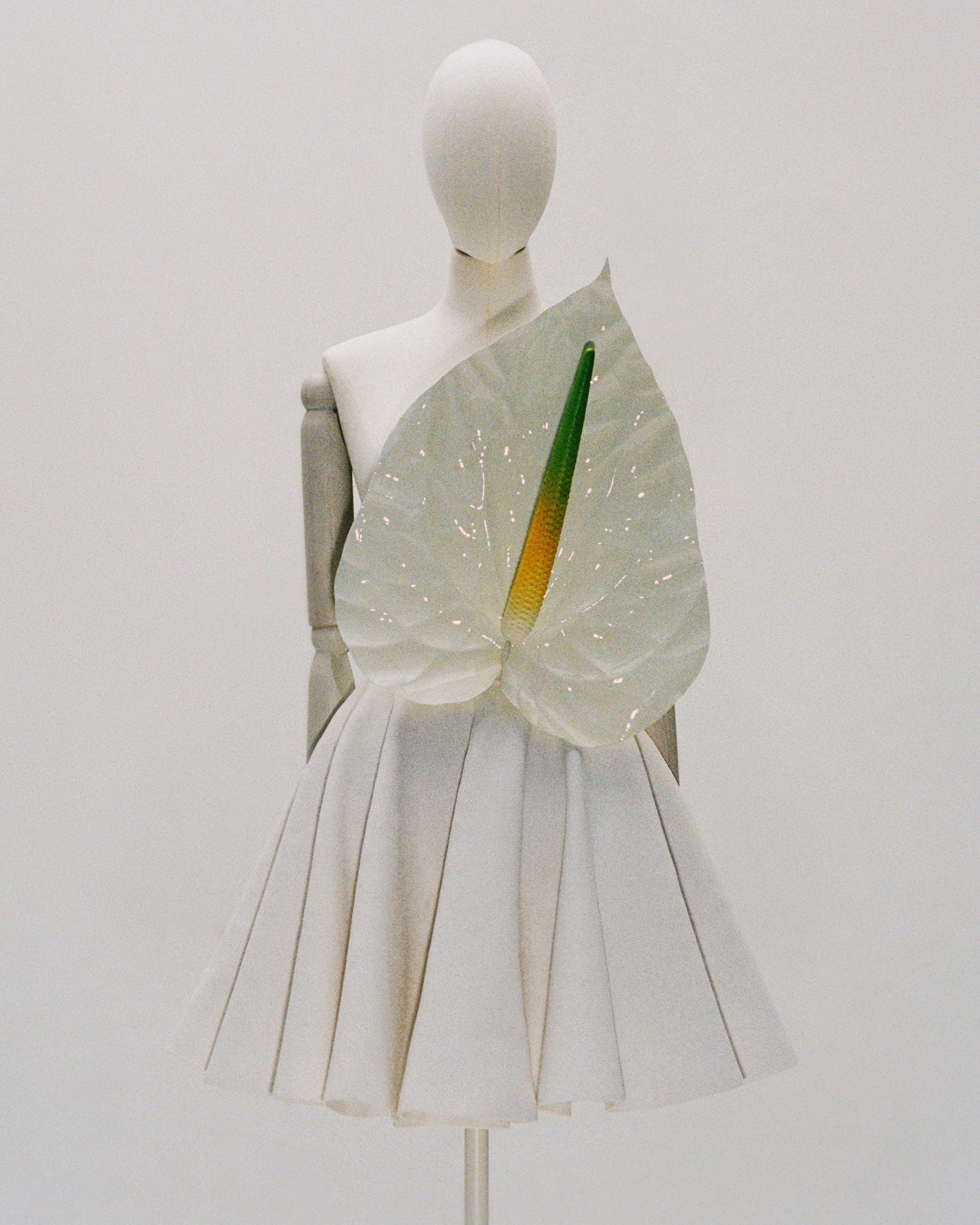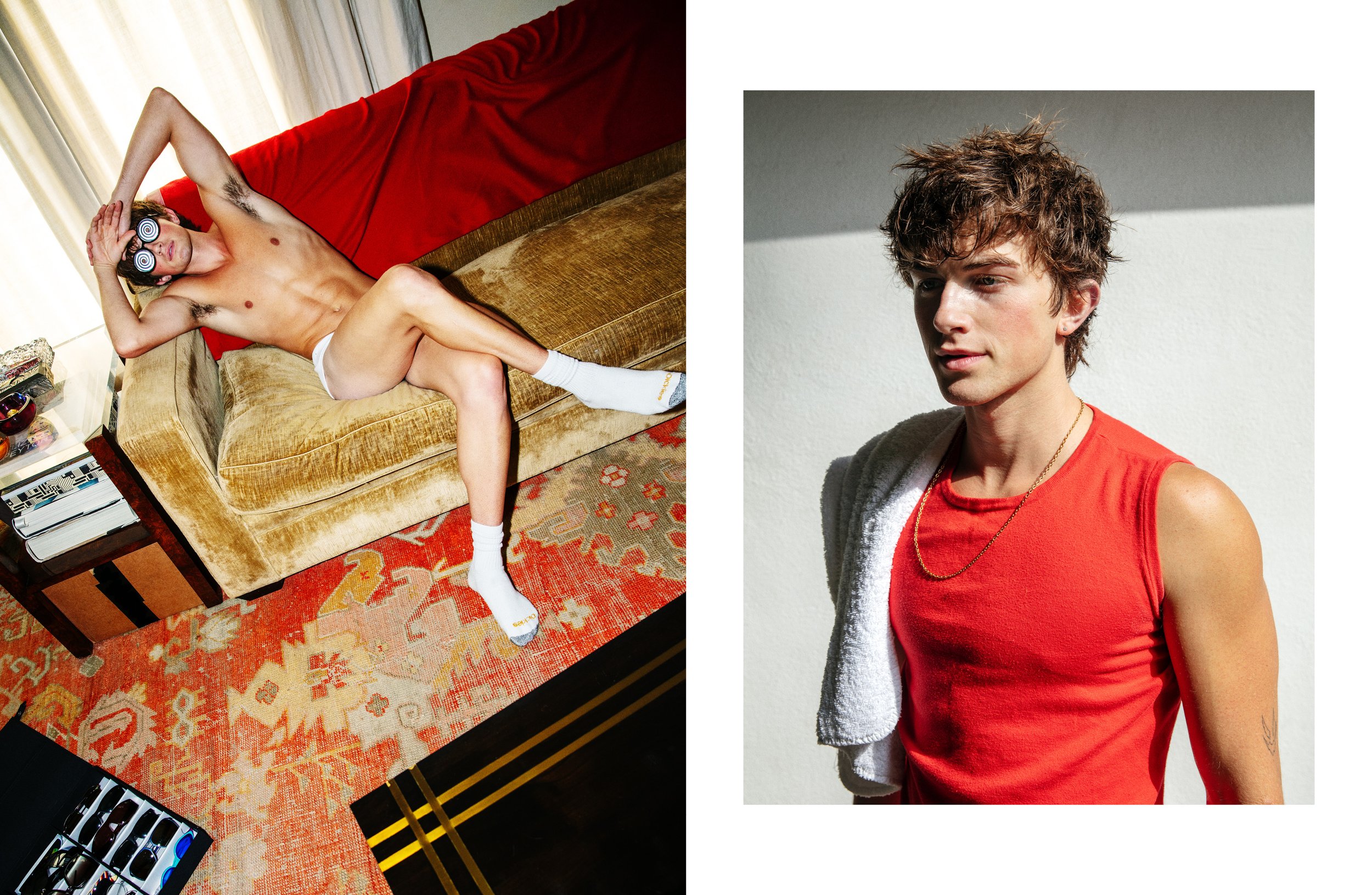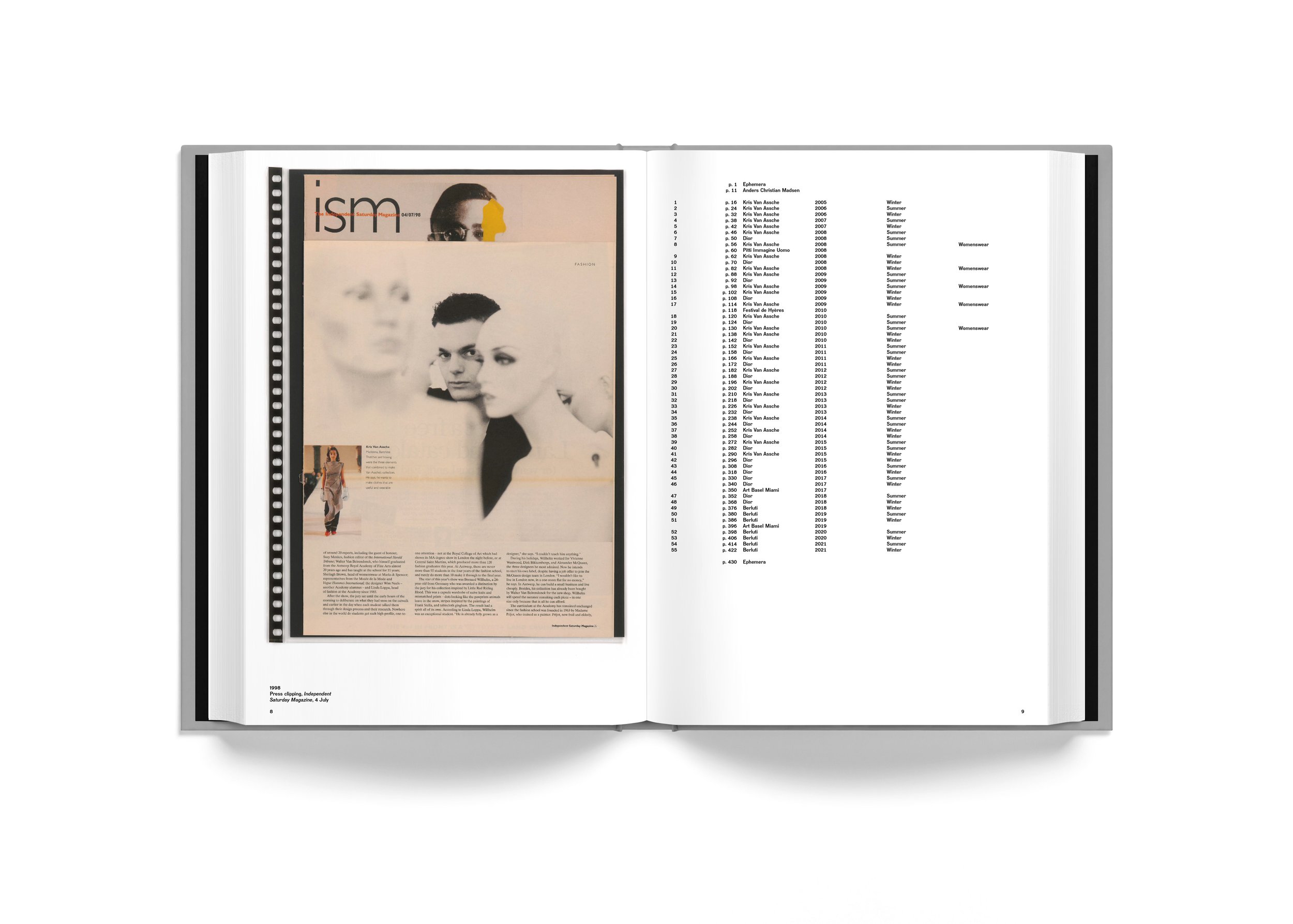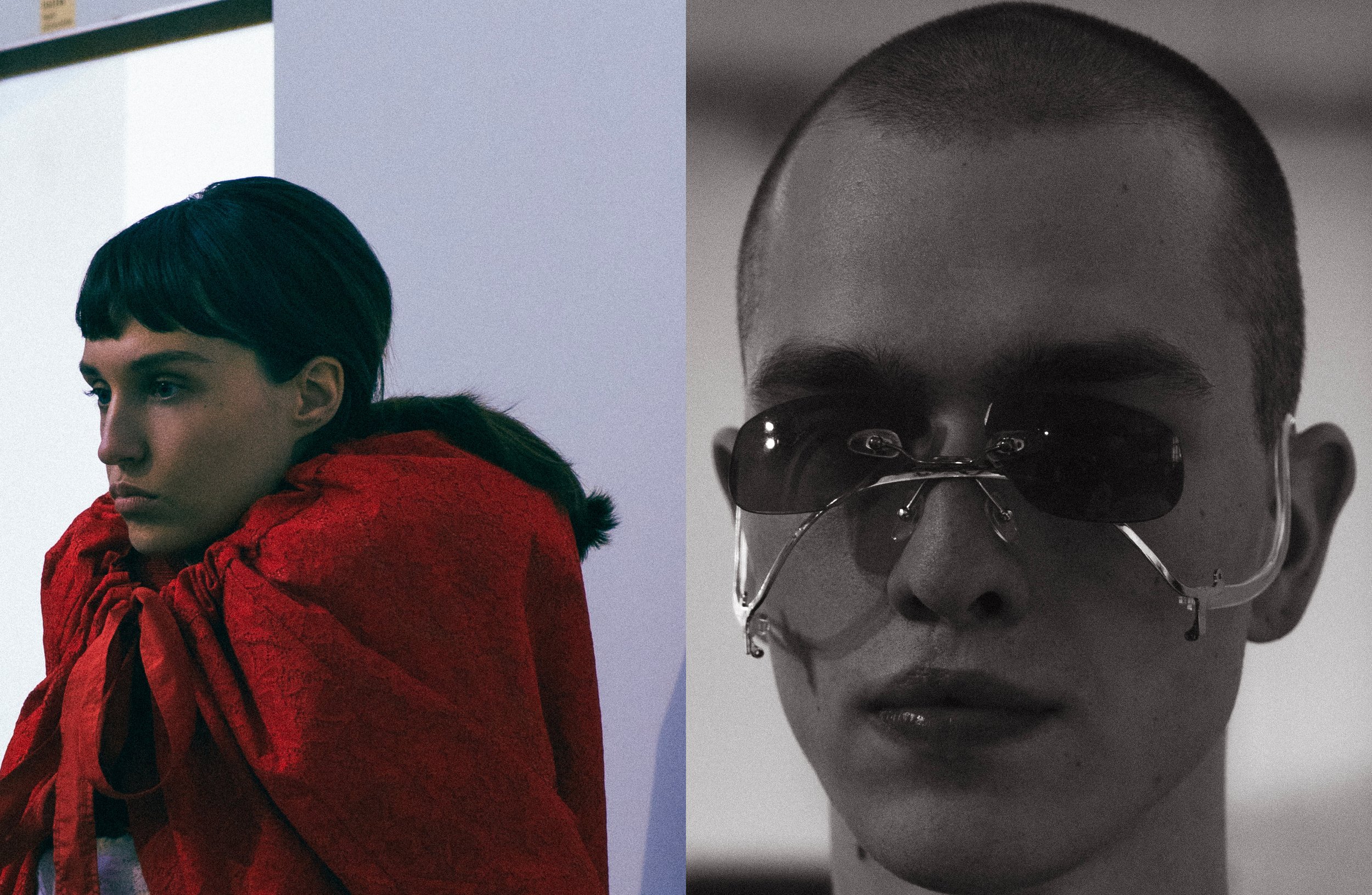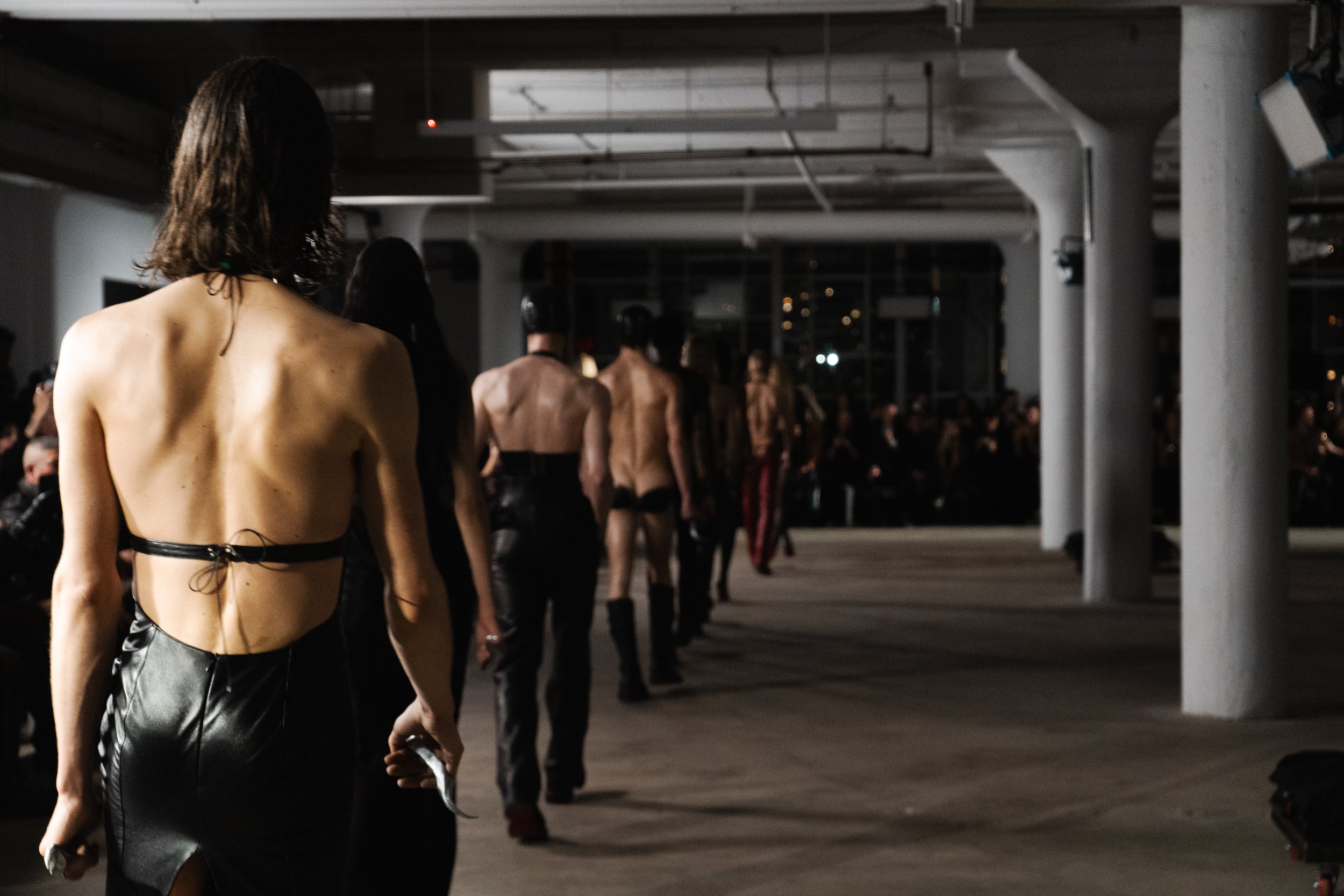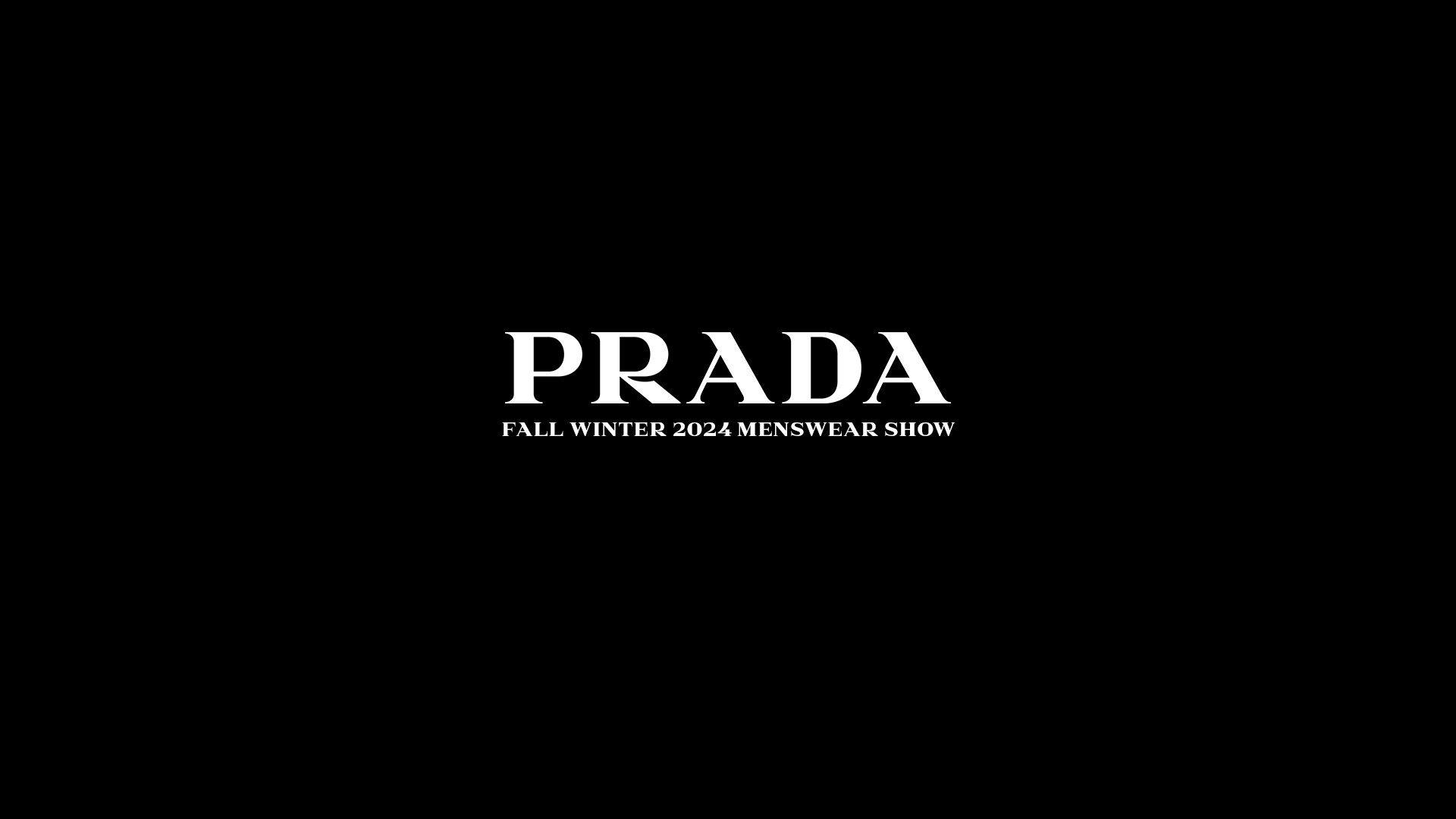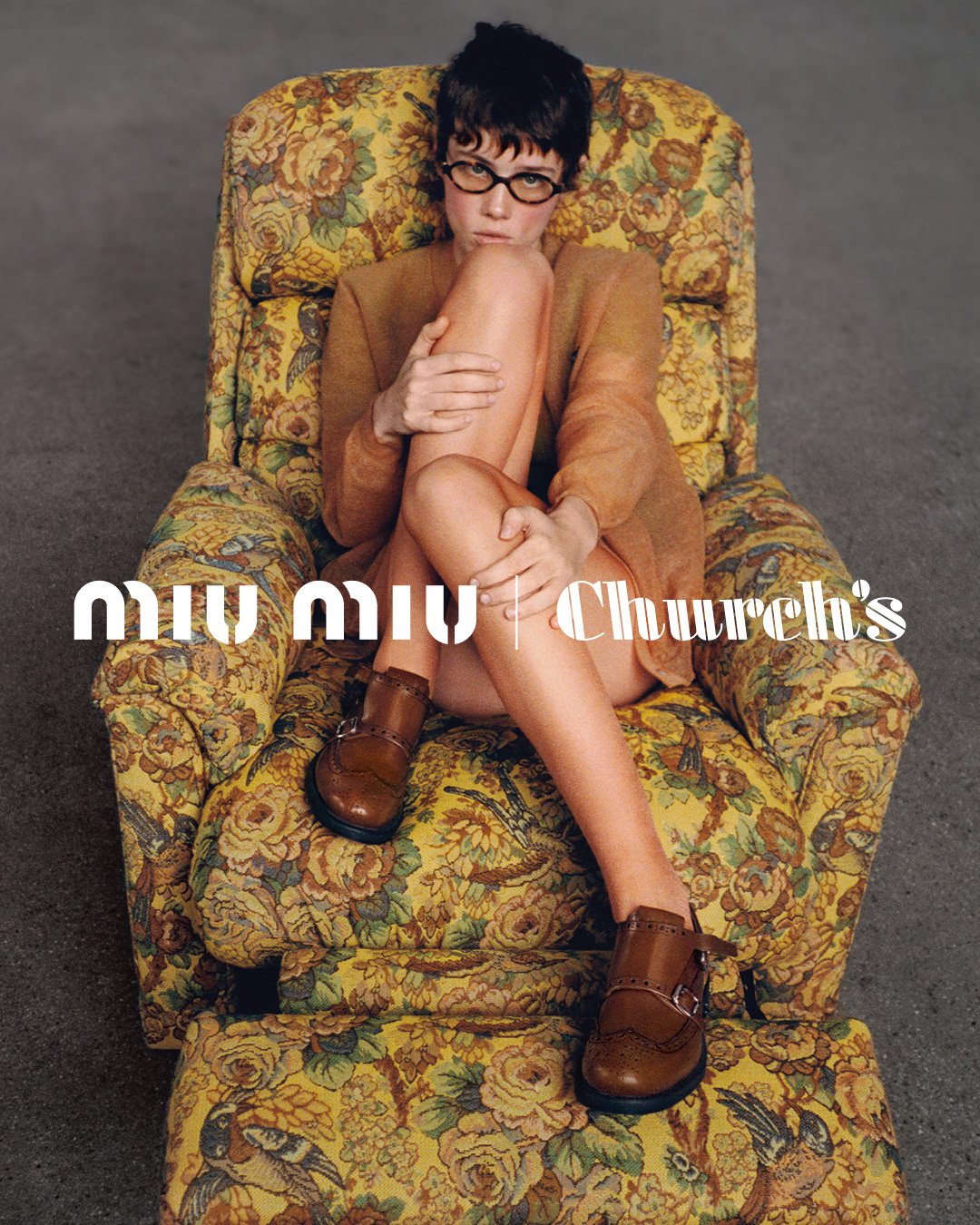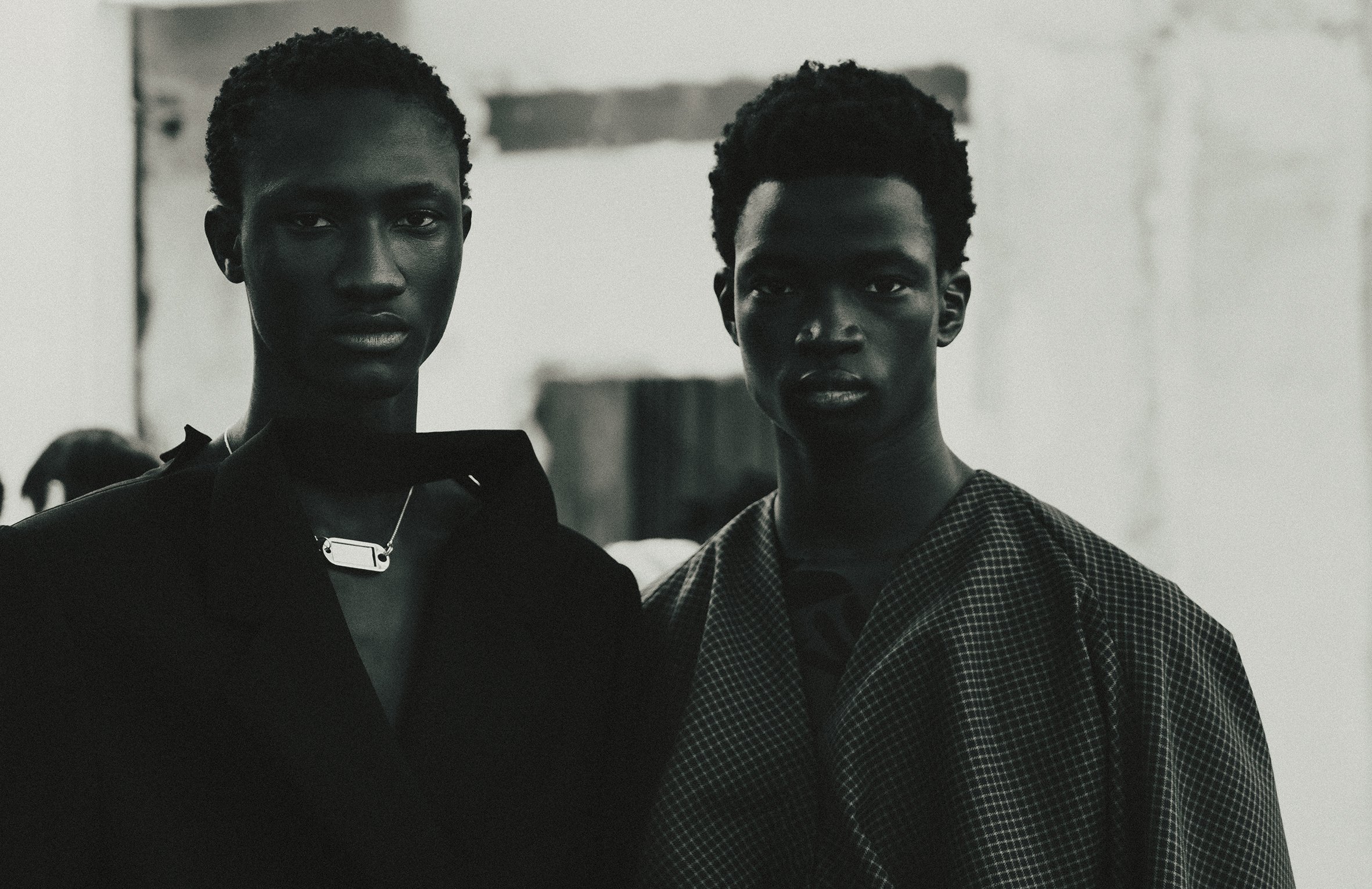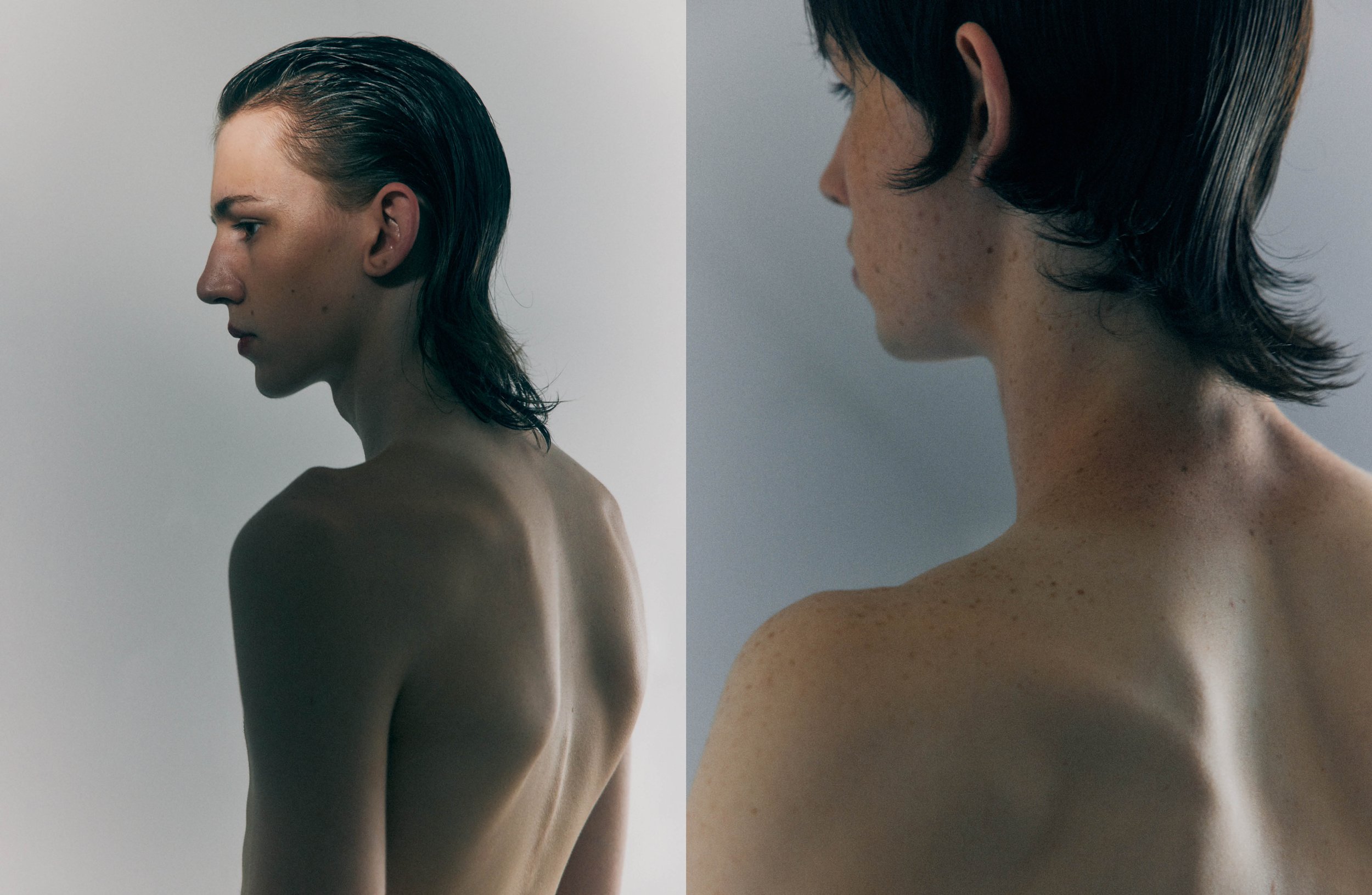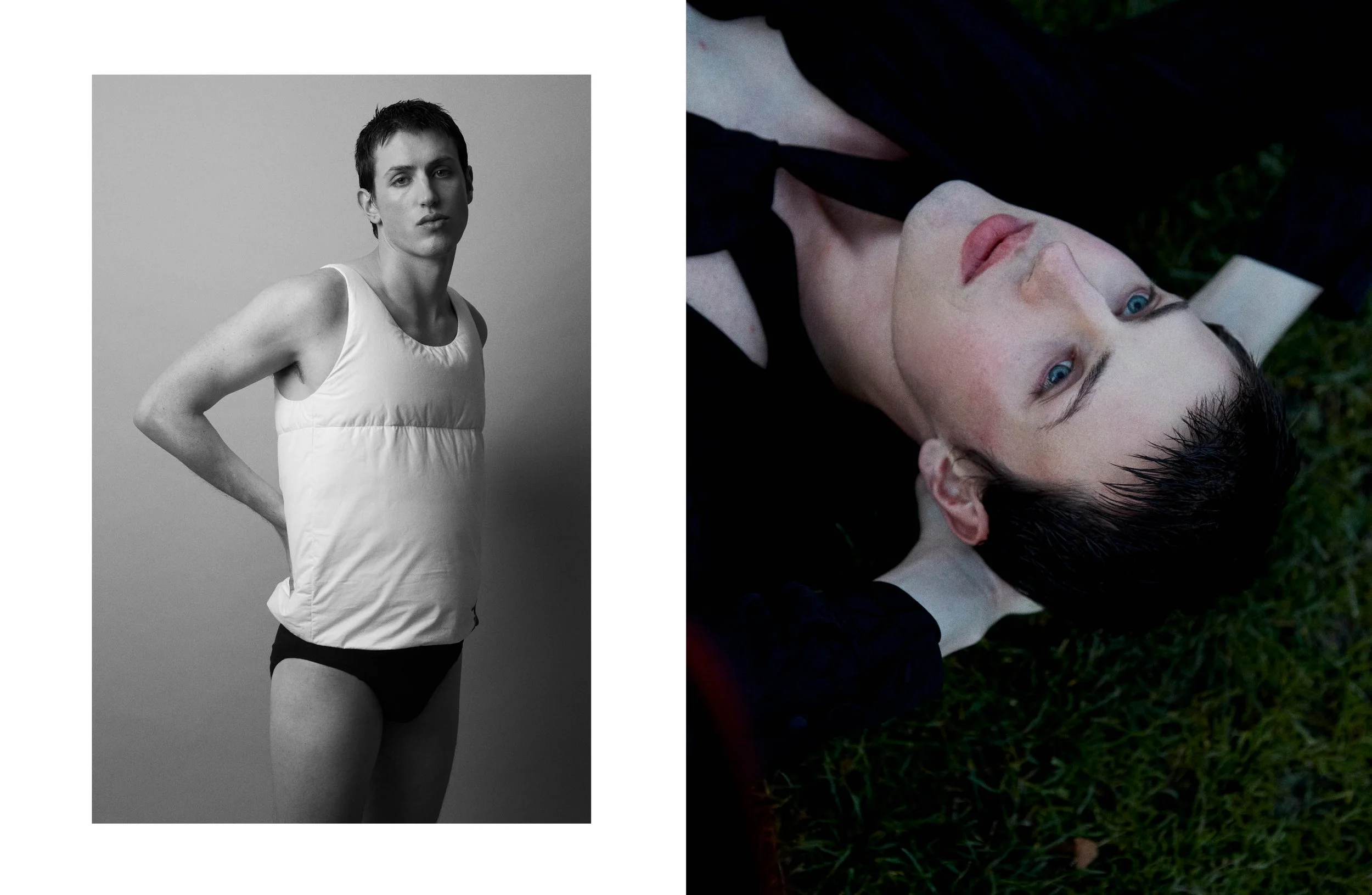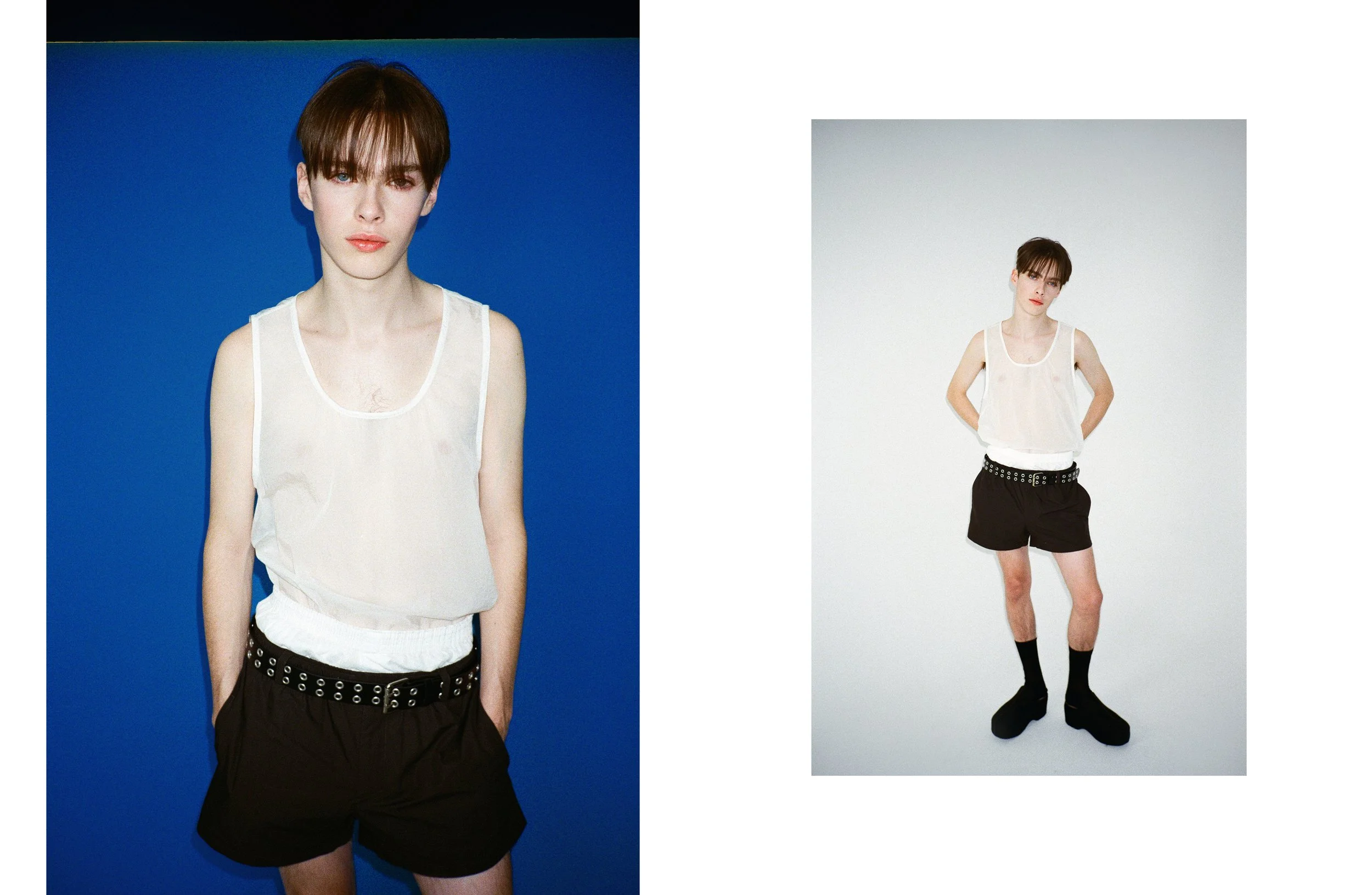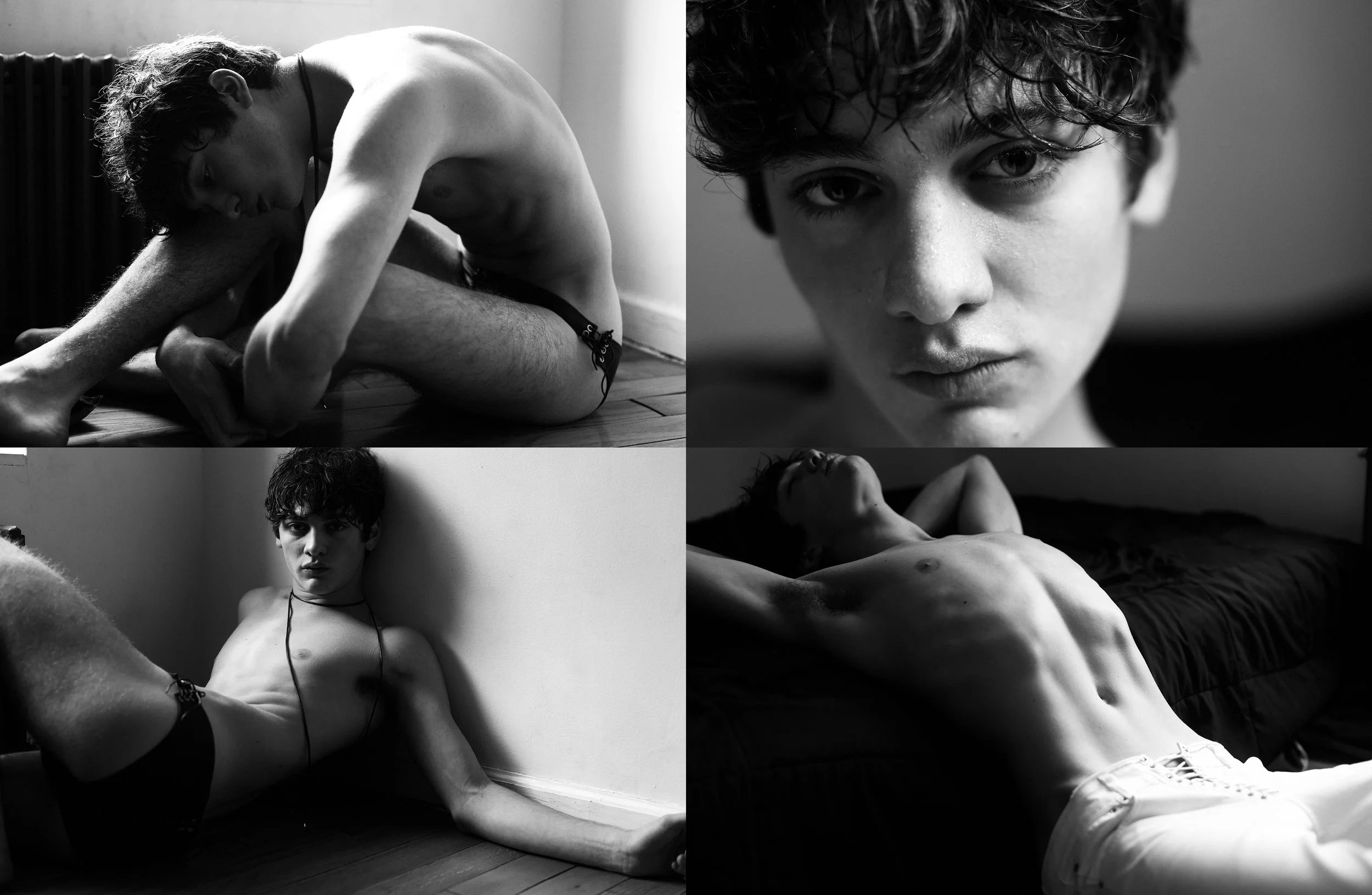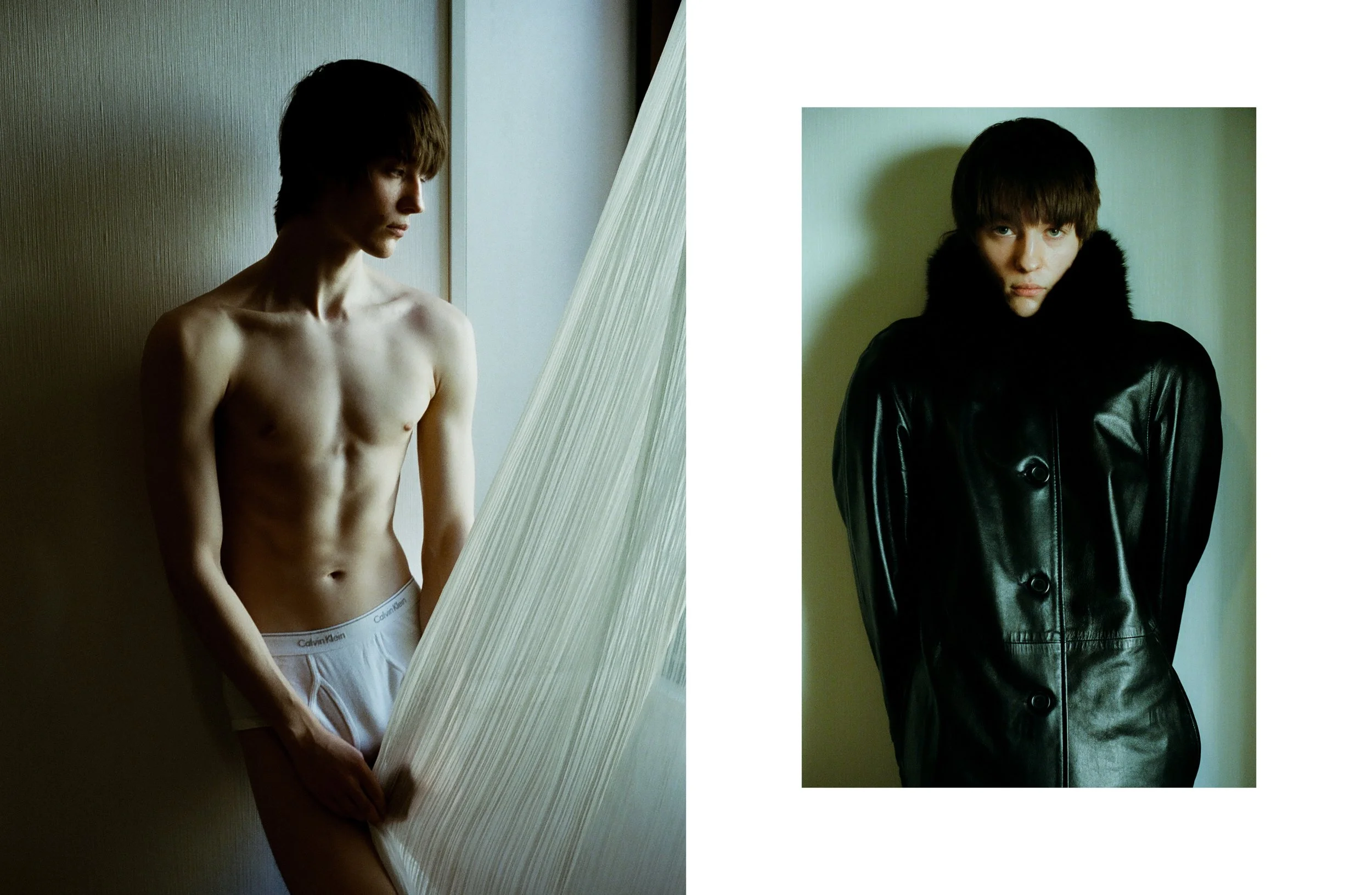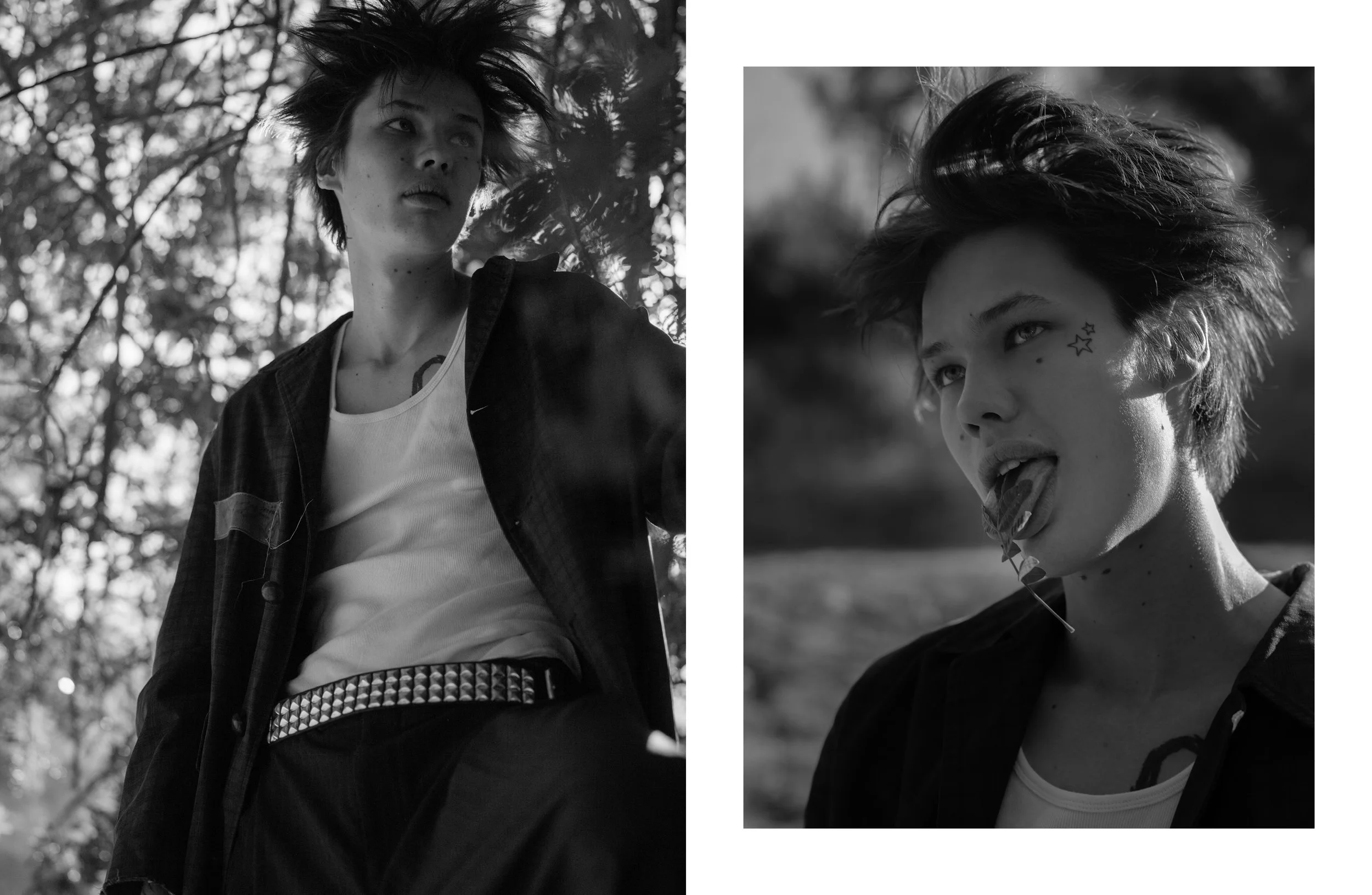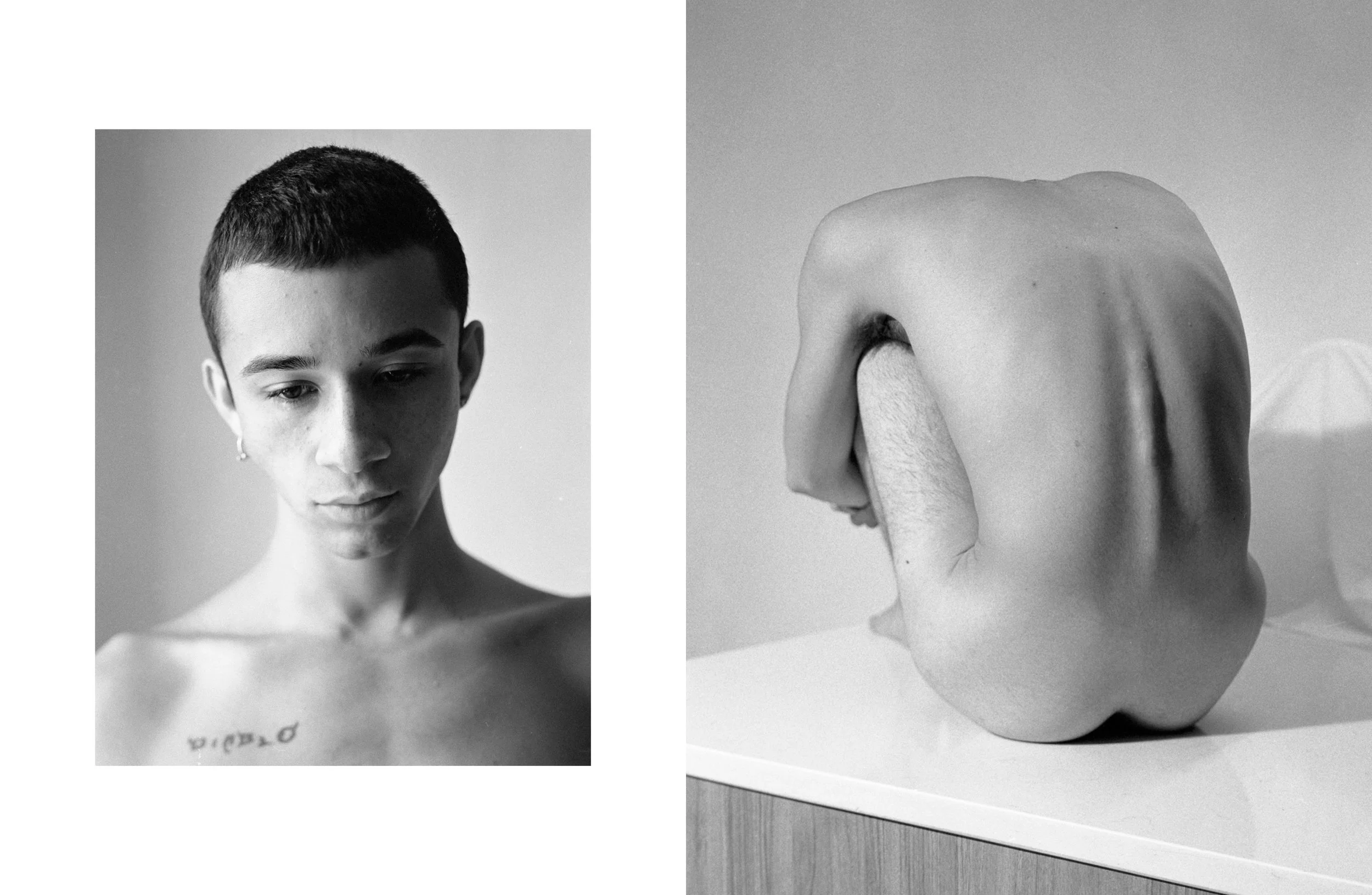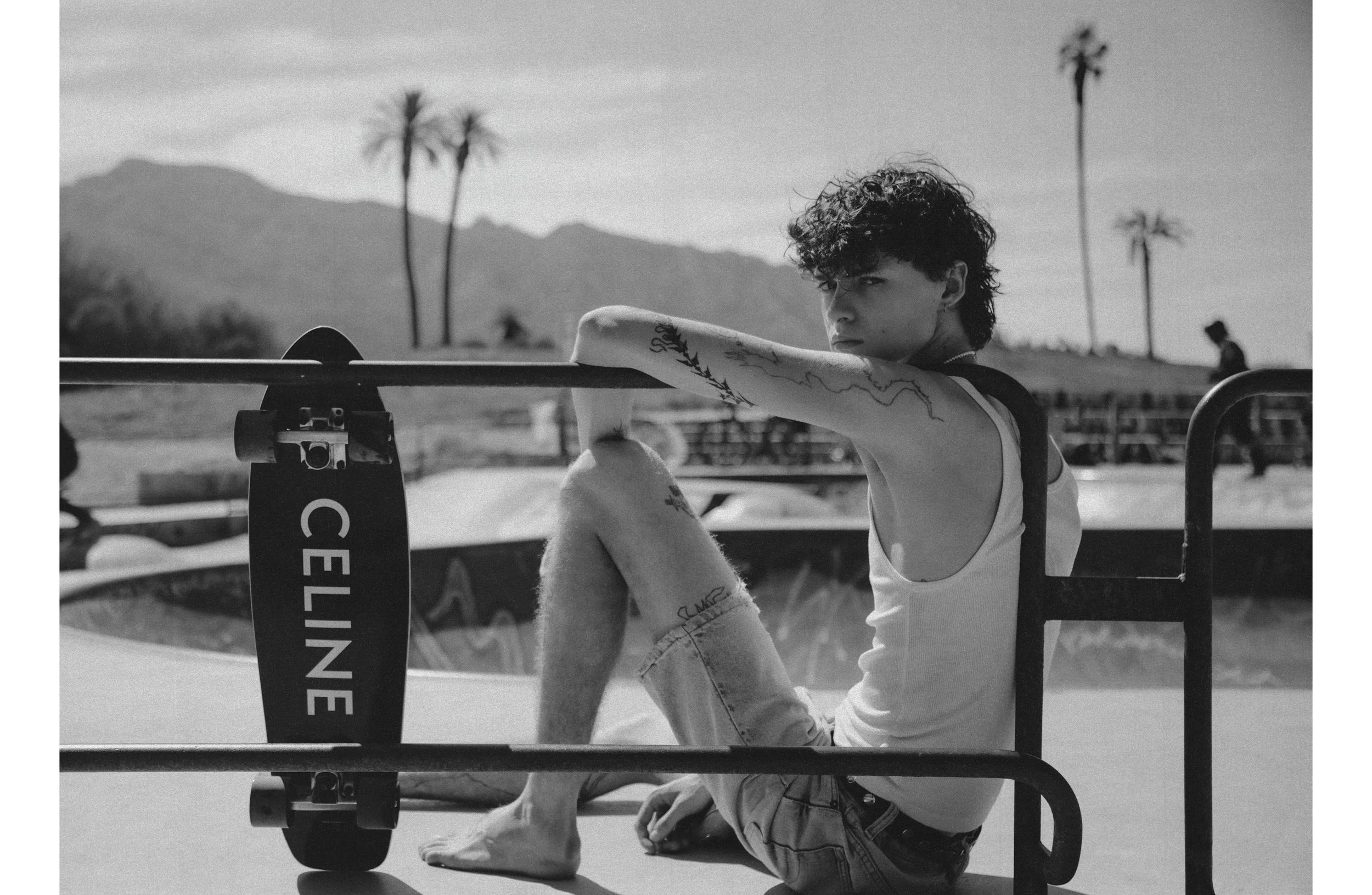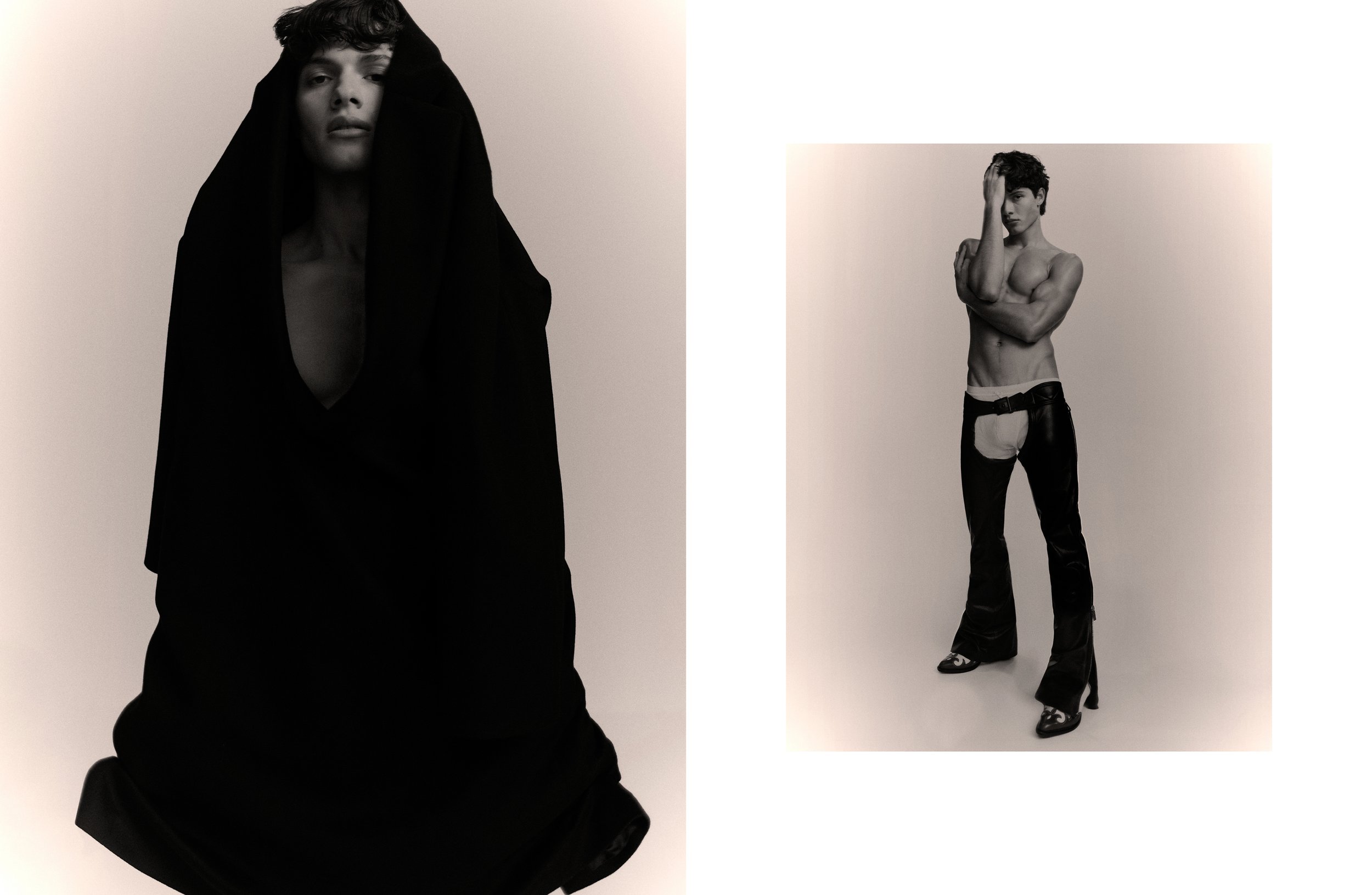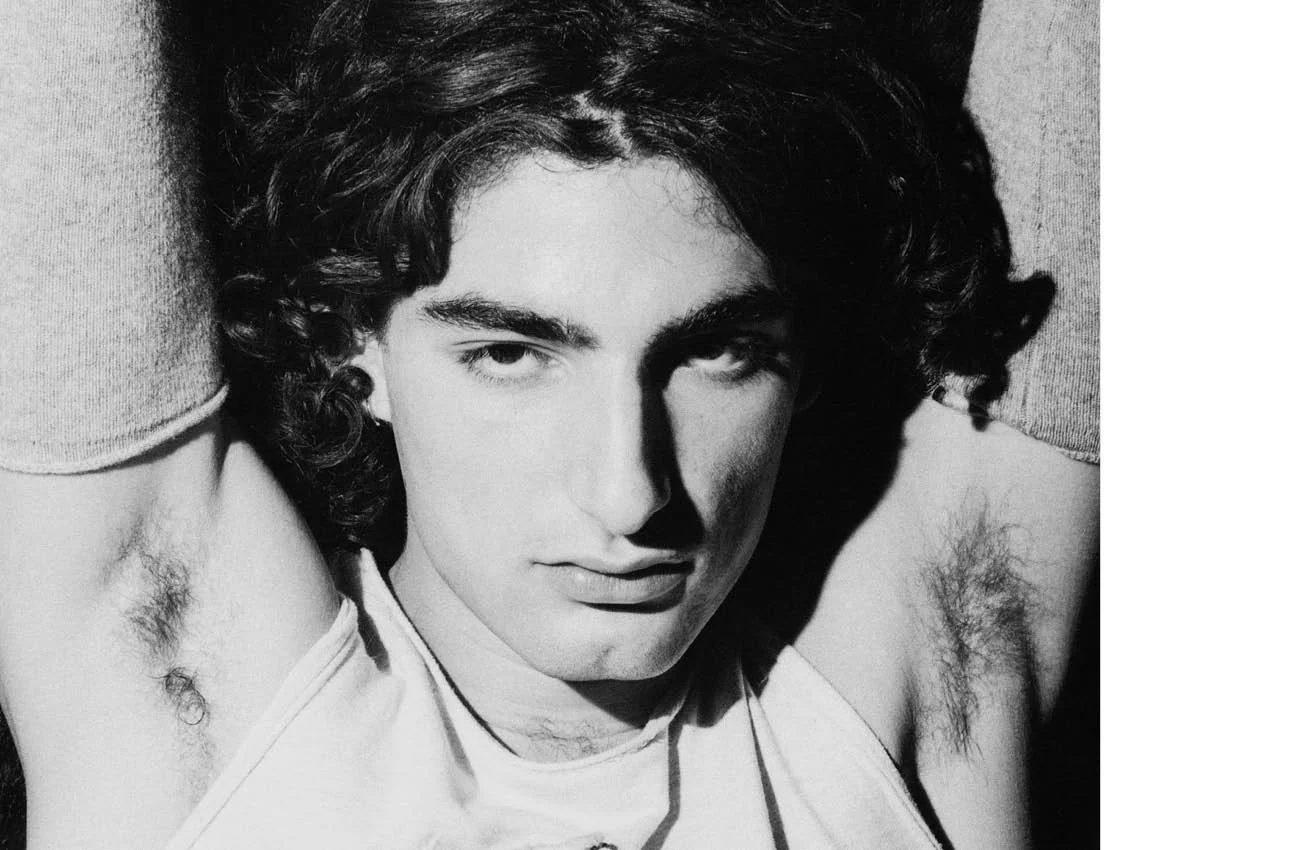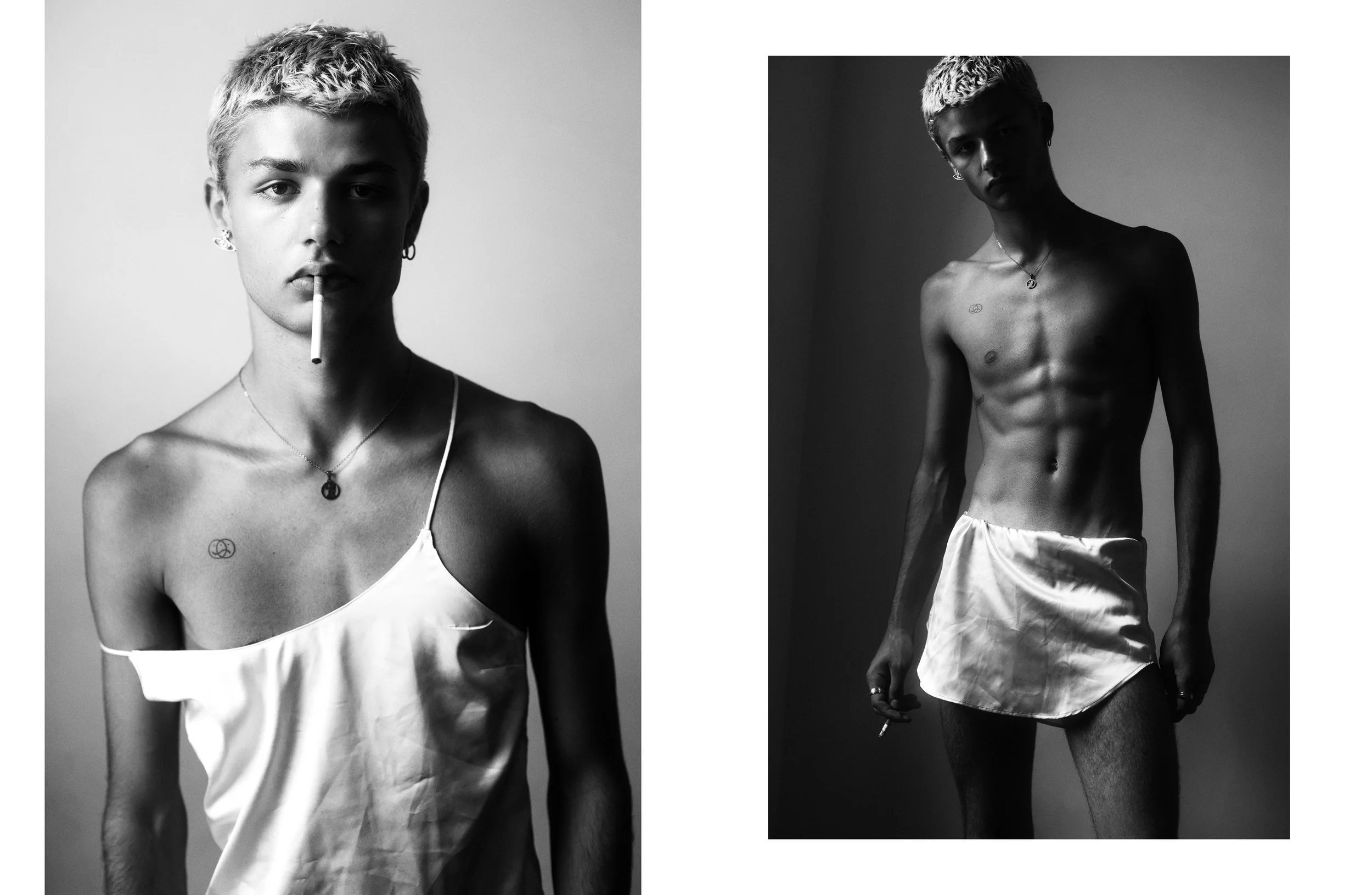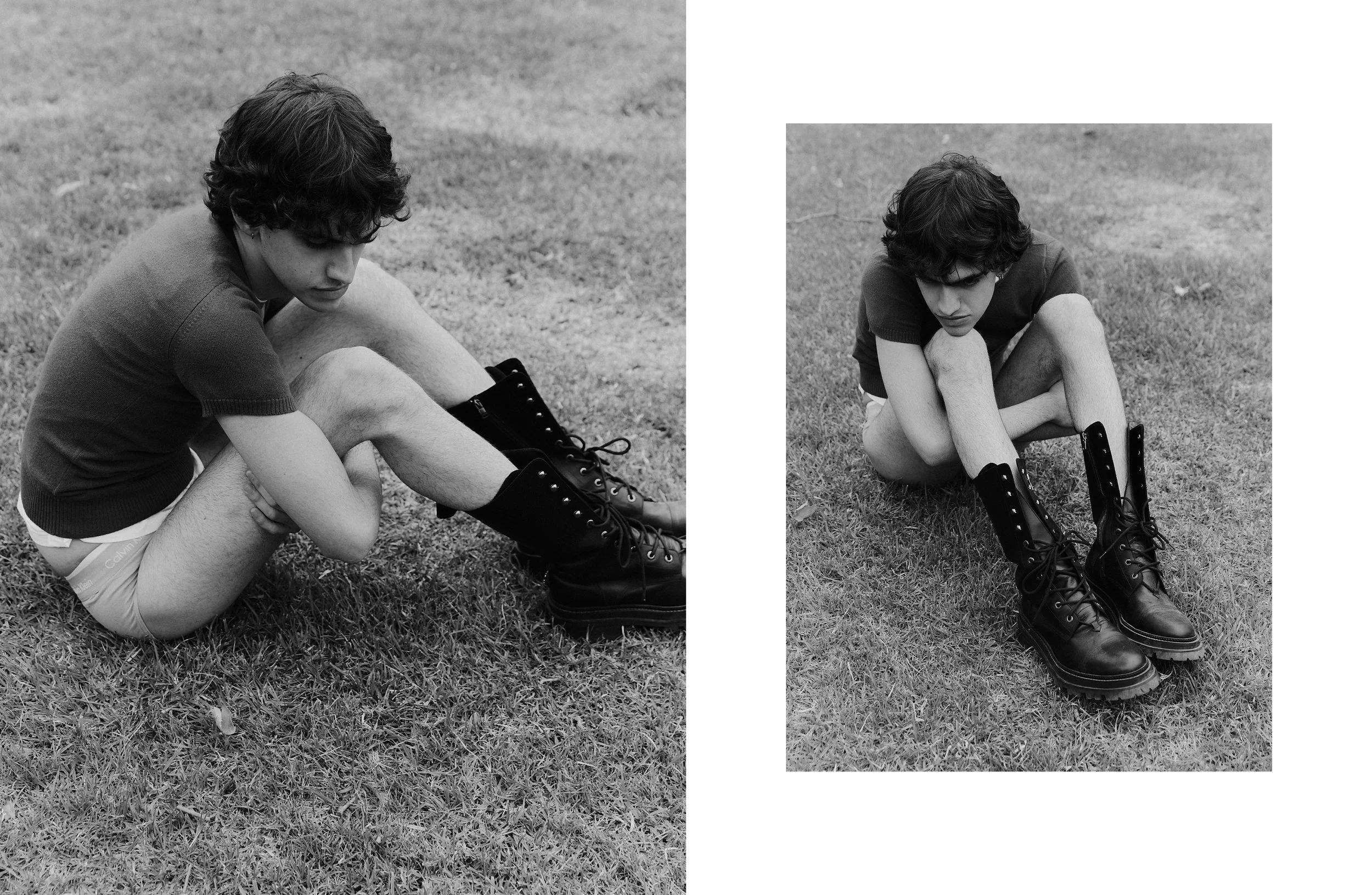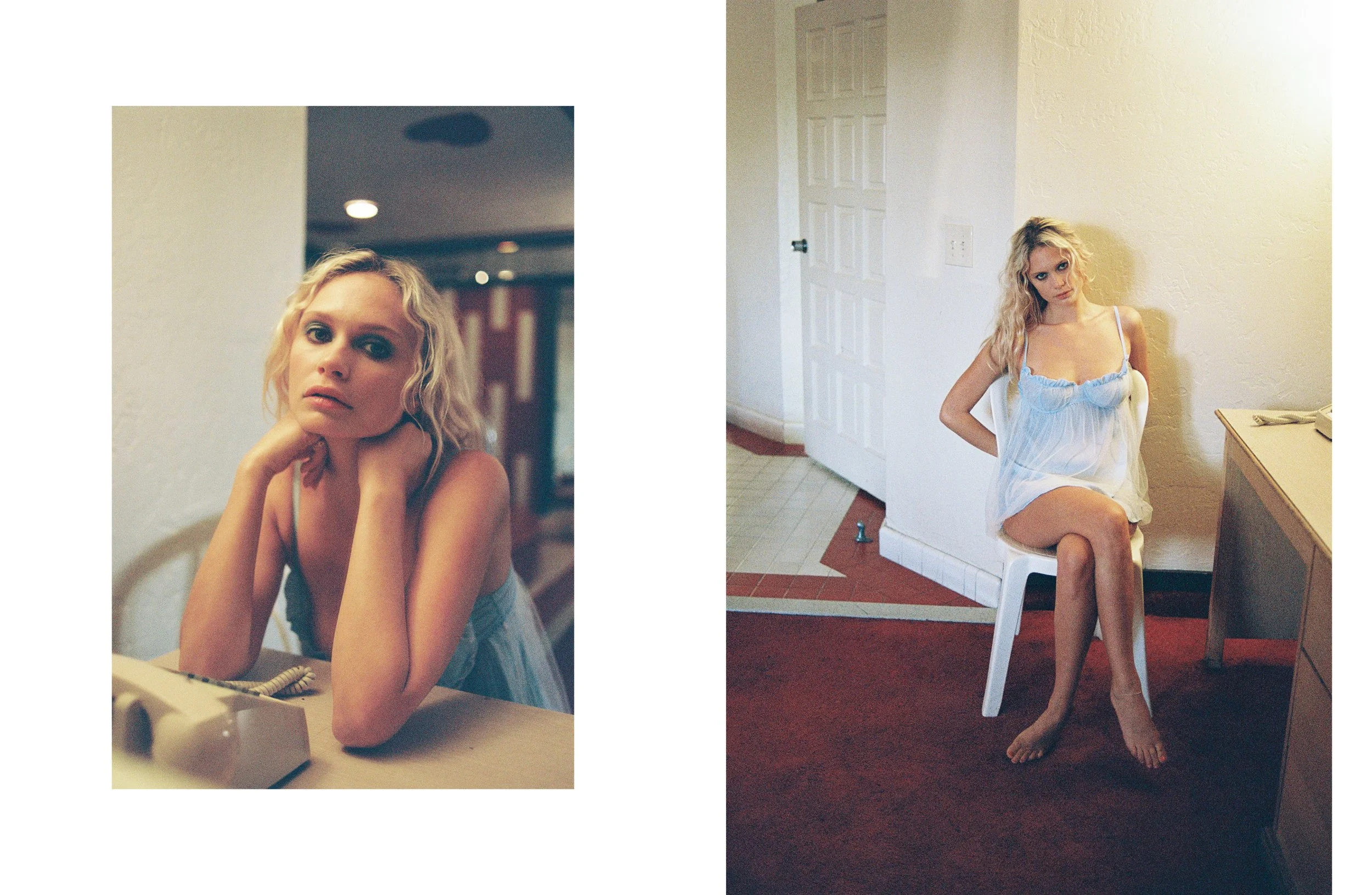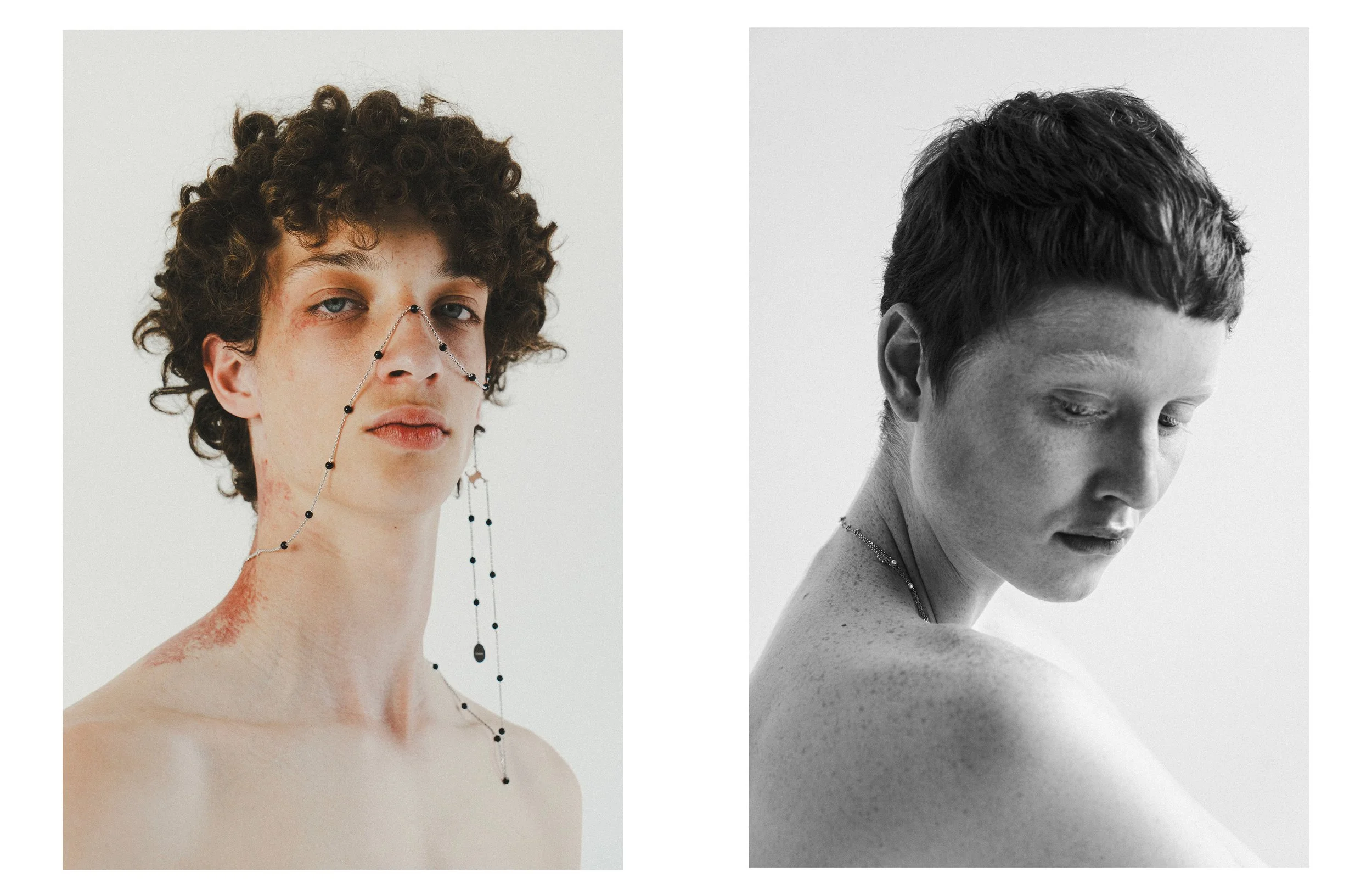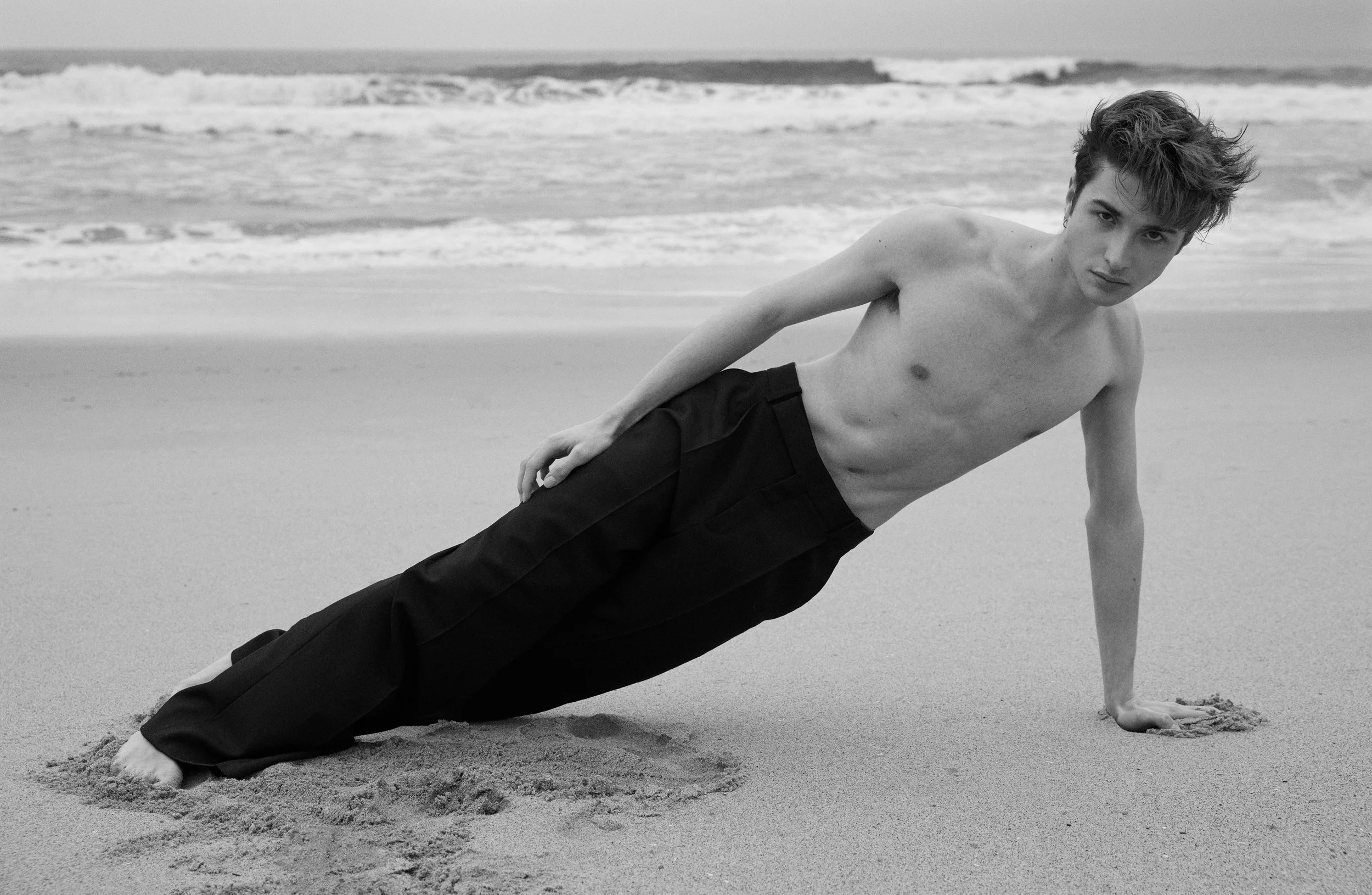Despite the pandemic, you’ve been in demand and worked constantly. Are there things that you couldn’t do?
Some clients had to cancel their shows, which means I couldn’t work for them, but overall I’m glad I could continue the work without too much hassle. Of course travel is still limited, but brands have had to find ways. I had great jobs this year with lovely teams, which for me is the most important.
I was surprised to see you donated some of your Margiela pieces to MoMu recently. Why now?
Actually, they were not donated, but on loan for the museum to use in their exhibitions and store properly, too, which means they will take care of the clothes much better than me. All of those pieces were in my basement, and while I do wear the coats and jackets, I knew that others would be great for the museum.
In a way, you are part of fashion history, especially when considering the role of Martin Margiela and his long-lasting influence over designers.
It’s funny, because we never thought of that. The relationship I had with Martin was an organic one, and after studying make-up and collaborating with several designers, I naturally began to work on his shows. We were friends and that level of closeness was quite special. I’m very proud to have been part of his vision as a designer, because that’s what my job is. When you hear fashion historians discuss Martin’s work today, you realize how significant it is, but we were never aware of this while we were in it. We were too busy exploring, making and creating. People like him, Dries, Ann and Walter put Belgian fashion on the map, which changed everything.
How do you explain that young designers, and a whole new generation of fashion students, are really fascinated by him?
He brought things to fashion that didn’t exist before, such as upcycling for instance. Martin was obsessed with the notion of time, and how it marks our clothing. It was this idea of vintage, but specifically how signs of wear make a garment more beautiful.
The approach Margiela had towards fashion was an intelligent and almost cerebral one. Who would you say tackles it the same way now?
I would say Demna at Balenciaga. He’s extremely intelligent and completely understands the world we’re living in. Love it or hate it, his vision stays relevant and gives you food for thought. On the human side, he is also touching and a sensitive person. When you know about his past and what he’s had to overcome, you understand how strong and driven he is.
